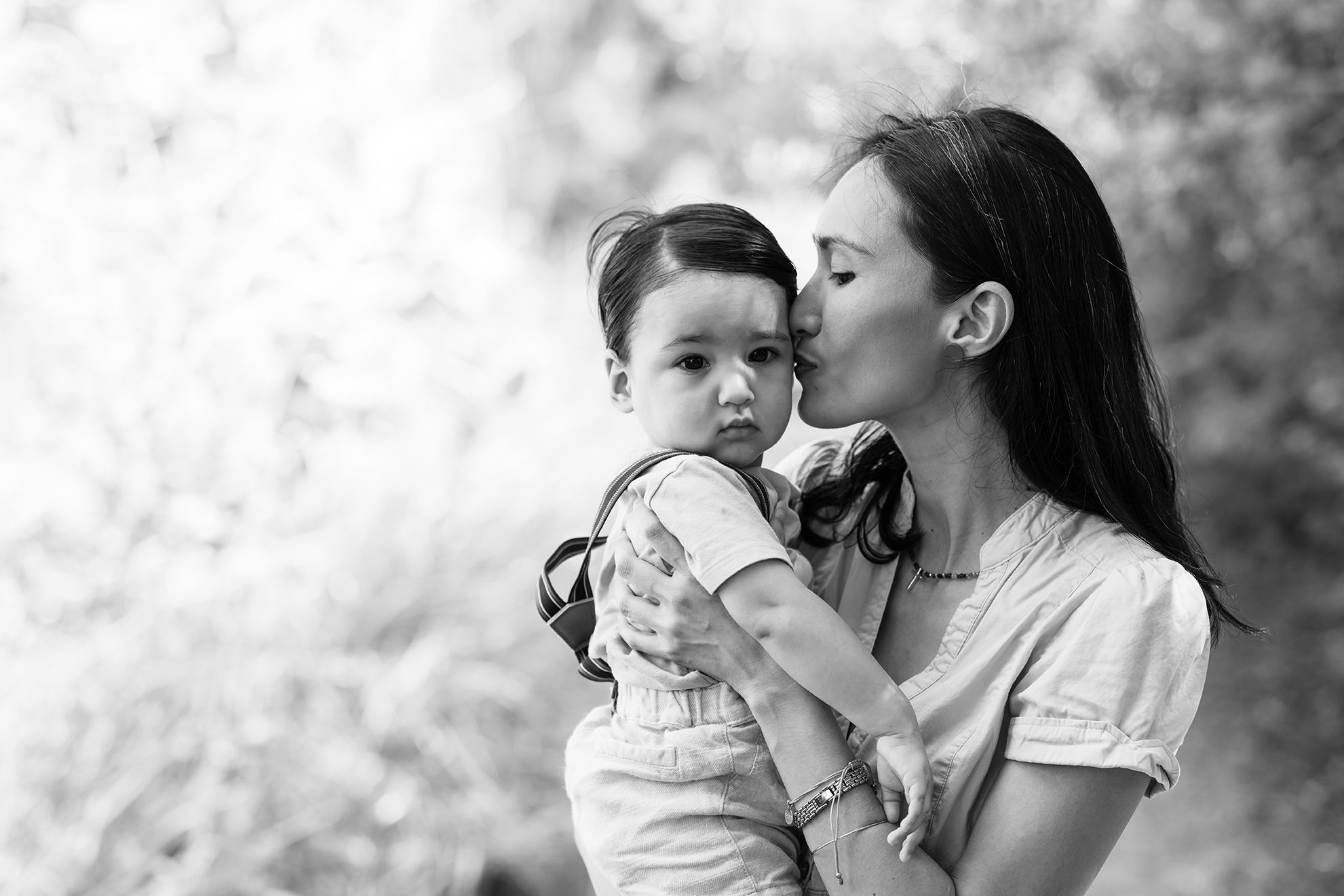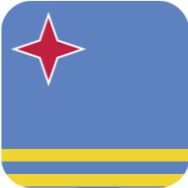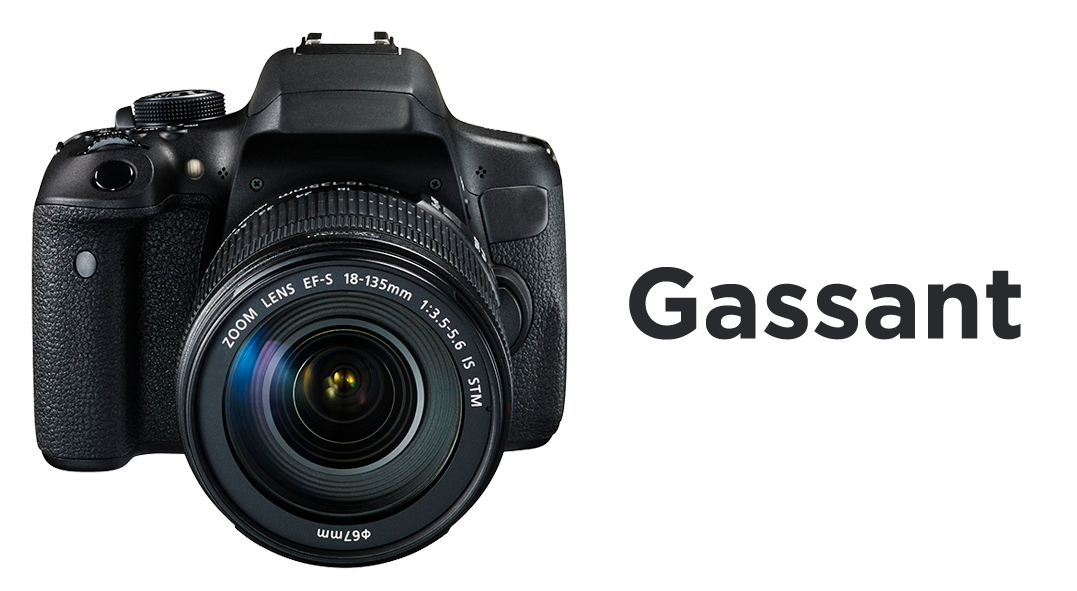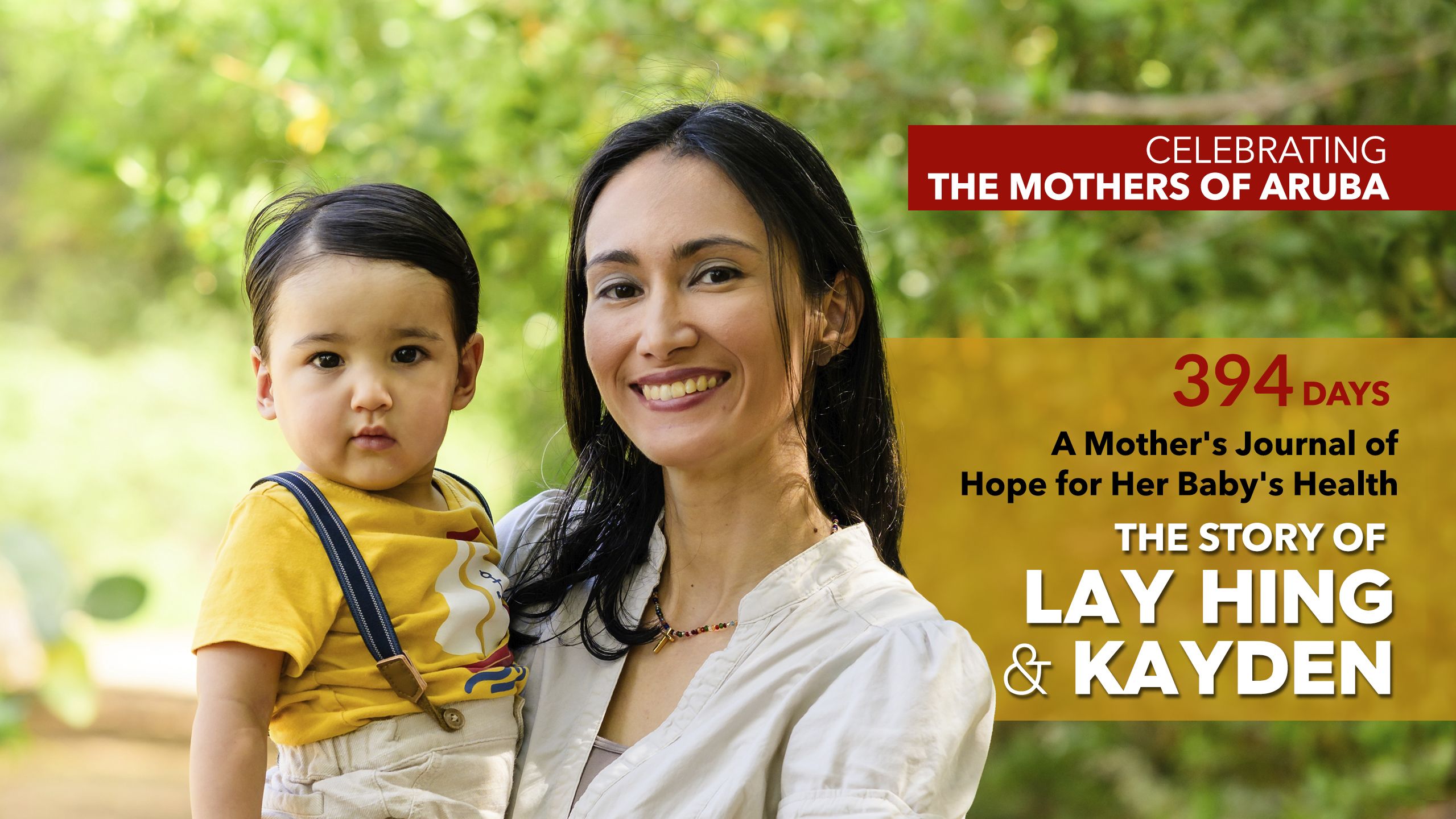

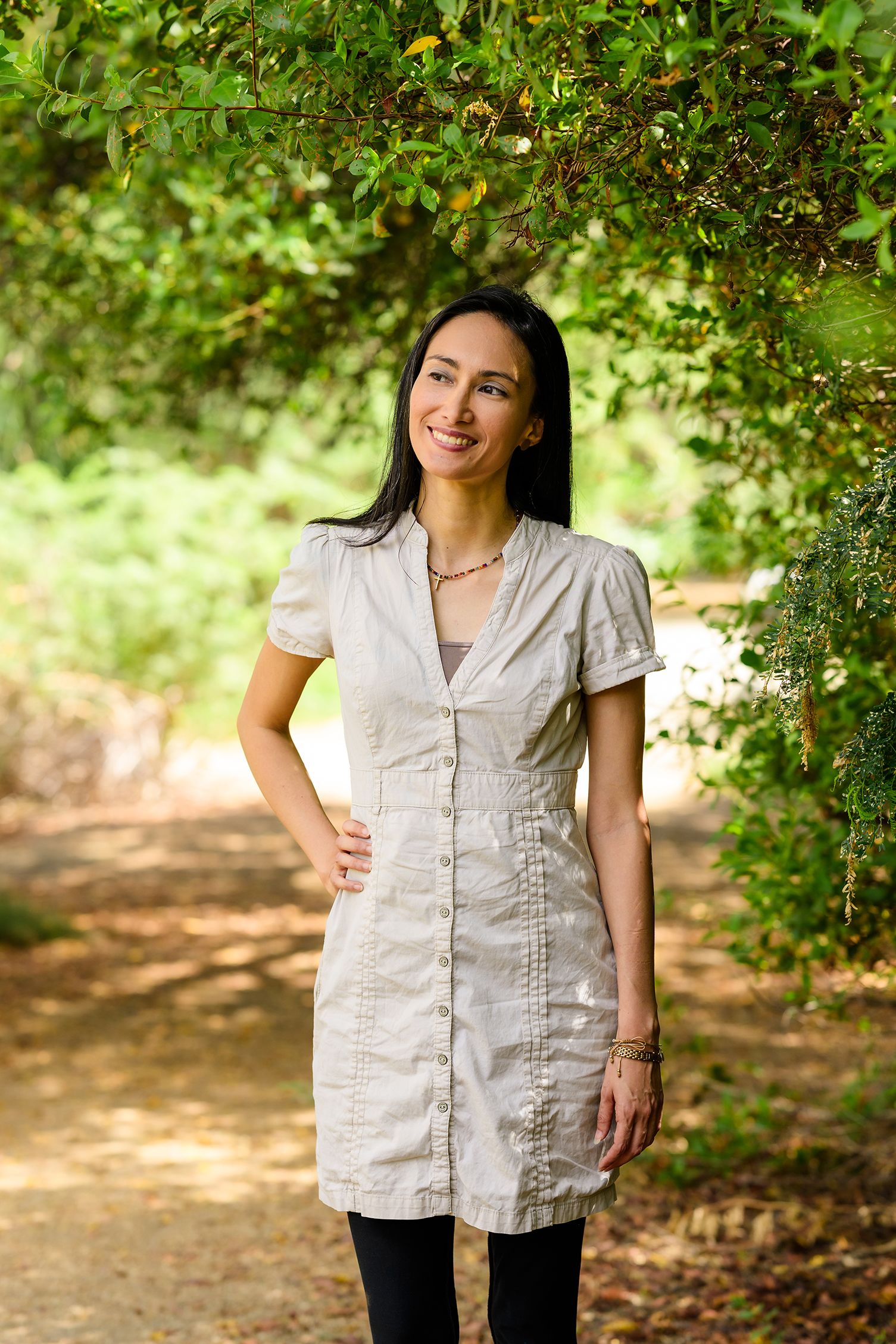
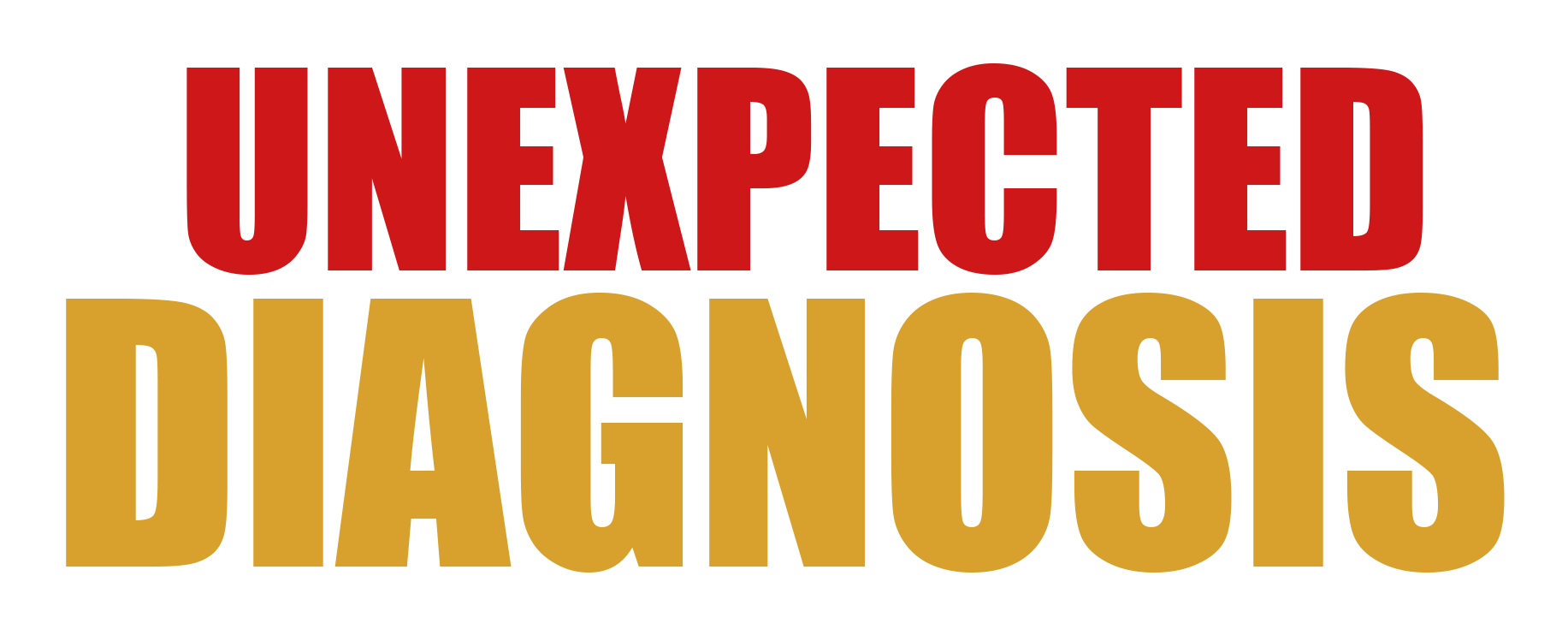
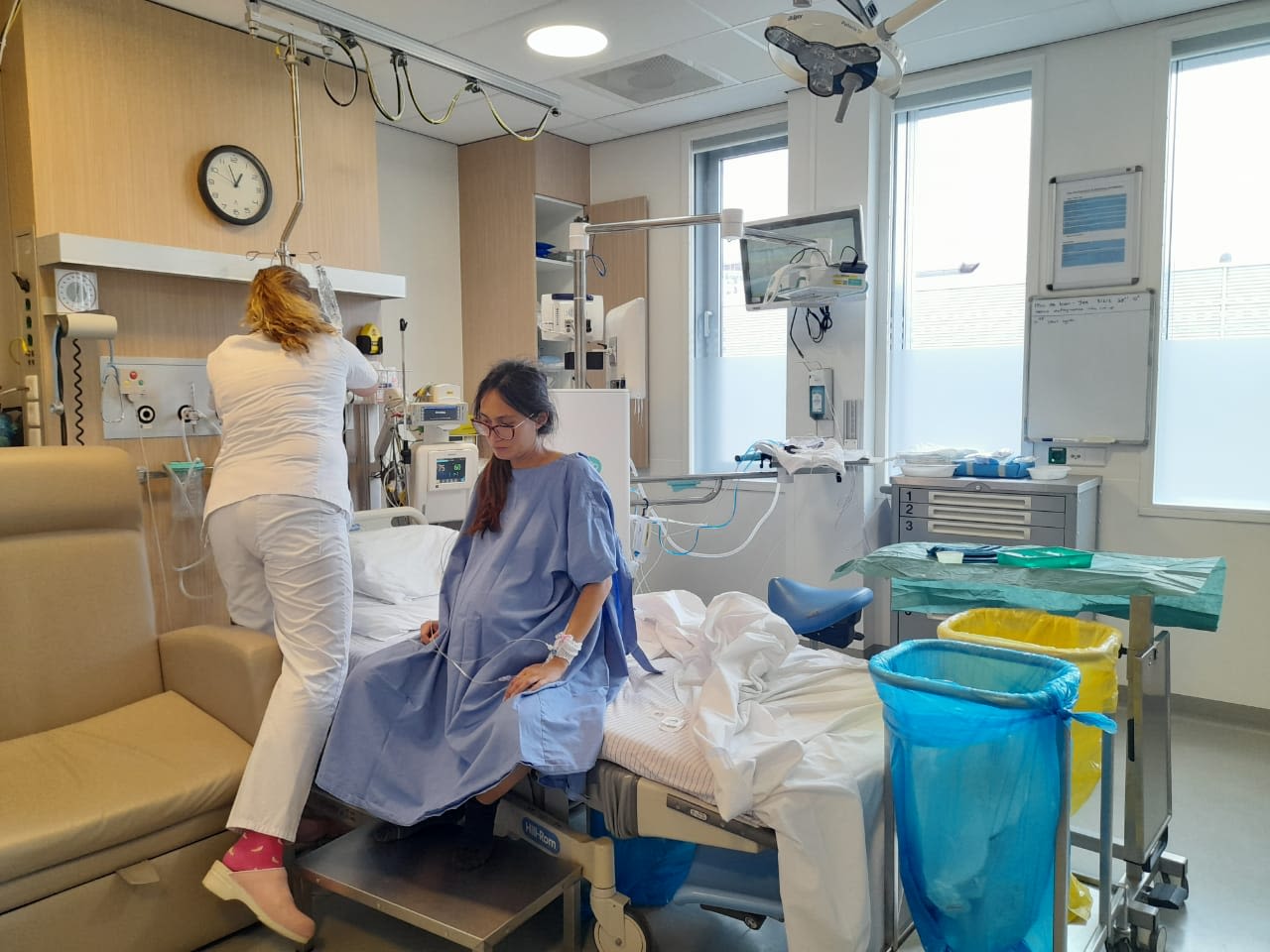
In the 21st week of the ultrasound, I was confronted with news I never expected. During the appointment, things went completely different from what we had expected. As a mother of two children, an ultrasound is something familiar, but this one took longer than usual. The doctors' expressions indicated that something was not proceeding as normal. The initial doctor explained what he saw on the screen and then called another doctor to come and confirm.
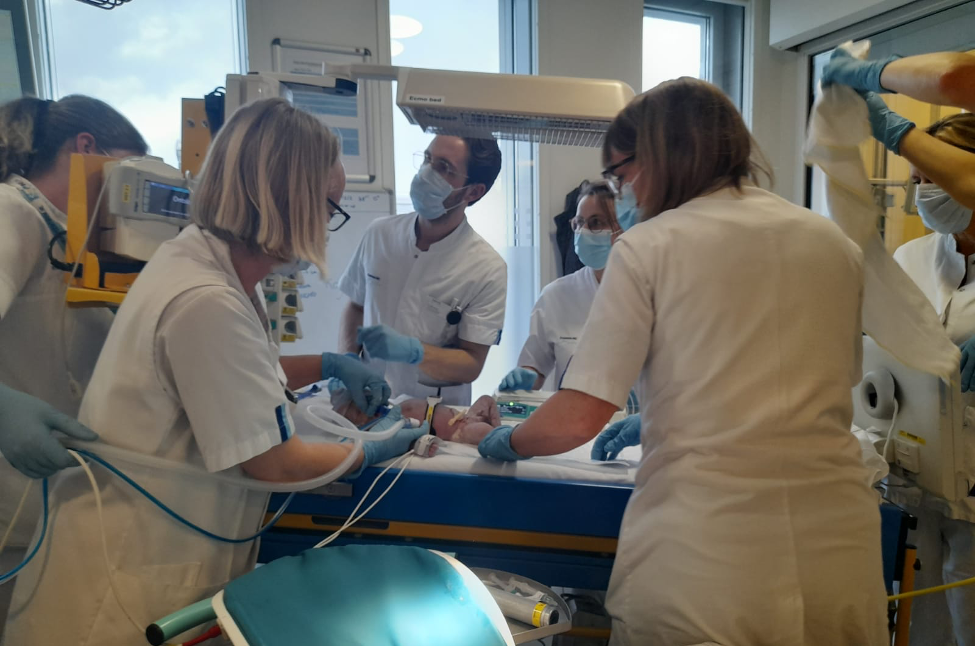
On March 7, 2024 - the arrival and birth of Kayden. As he was born, he was 'intubated'
On March 7, 2024 - the arrival and birth of Kayden. As he was born, he was 'intubated'
I remember the doctor saying to me: "I'm sorry ma'am, but you are unlucky, your baby has Congenital Diaphragmatic Hernia, a condition that rarely occurs." I had never heard of "Congenital Diaphragmatic Hernia" before. My other two children are healthy, and I could not imagine that this pregnancy would be any different. CHD is a condition that occurs in 1 in 20,000 babies, where the fetus's diaphragm does not fully develop and remains with a hole, this hole allows organs from the abdomen to move up into the baby's chest, consequently limiting the development of their lungs.
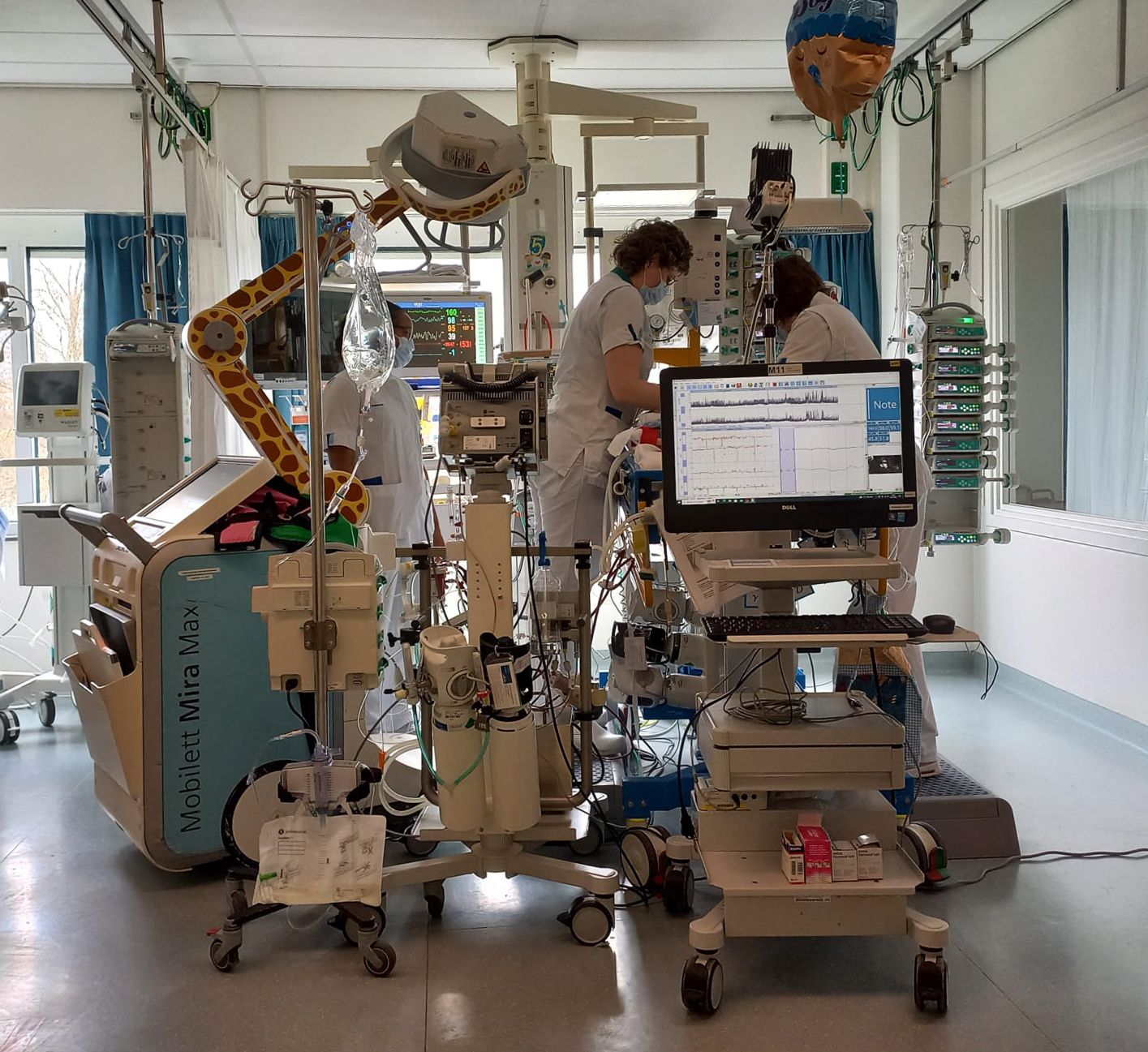
The ICU team at Sophia Children's Hospital working on Kayden who is on ECMO. They came here to take an x-ray of Kayden
The ICU team at Sophia Children's Hospital working on Kayden who is on ECMO. They came here to take an x-ray of Kayden
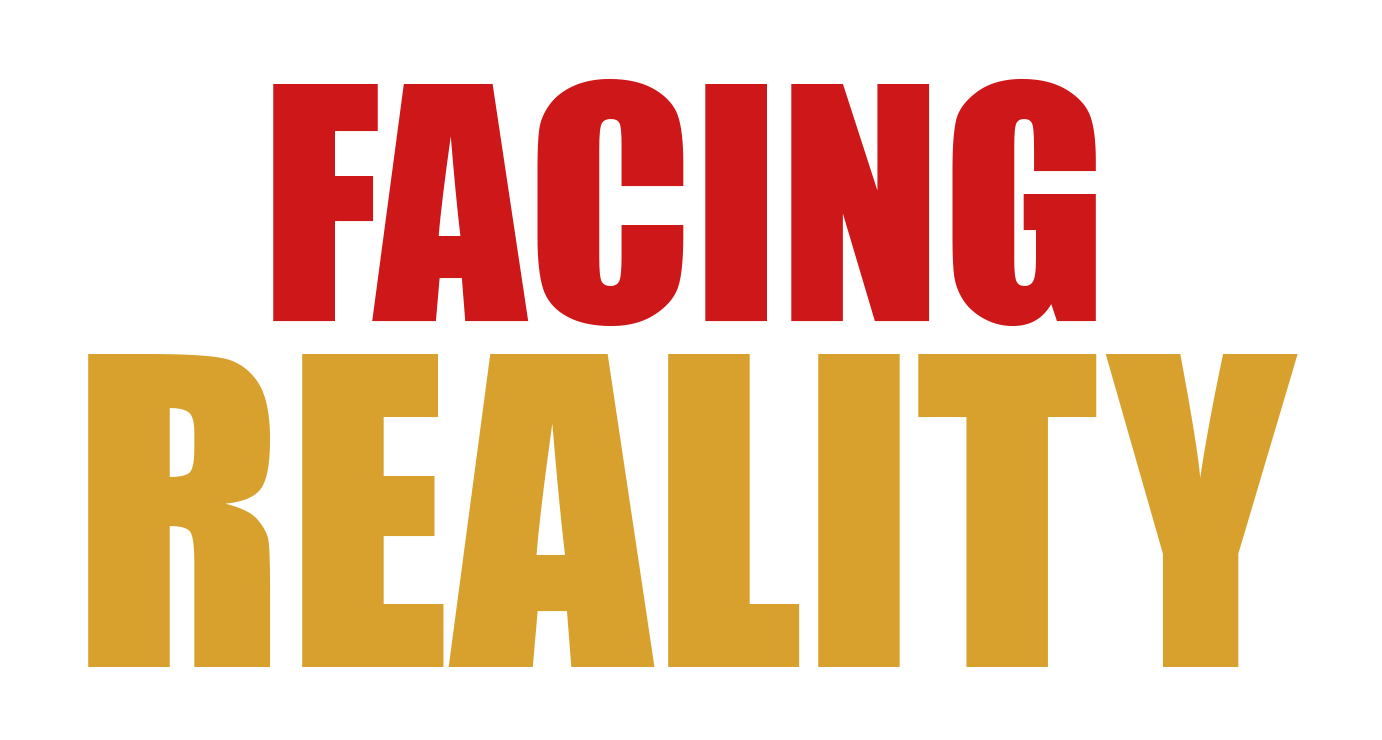
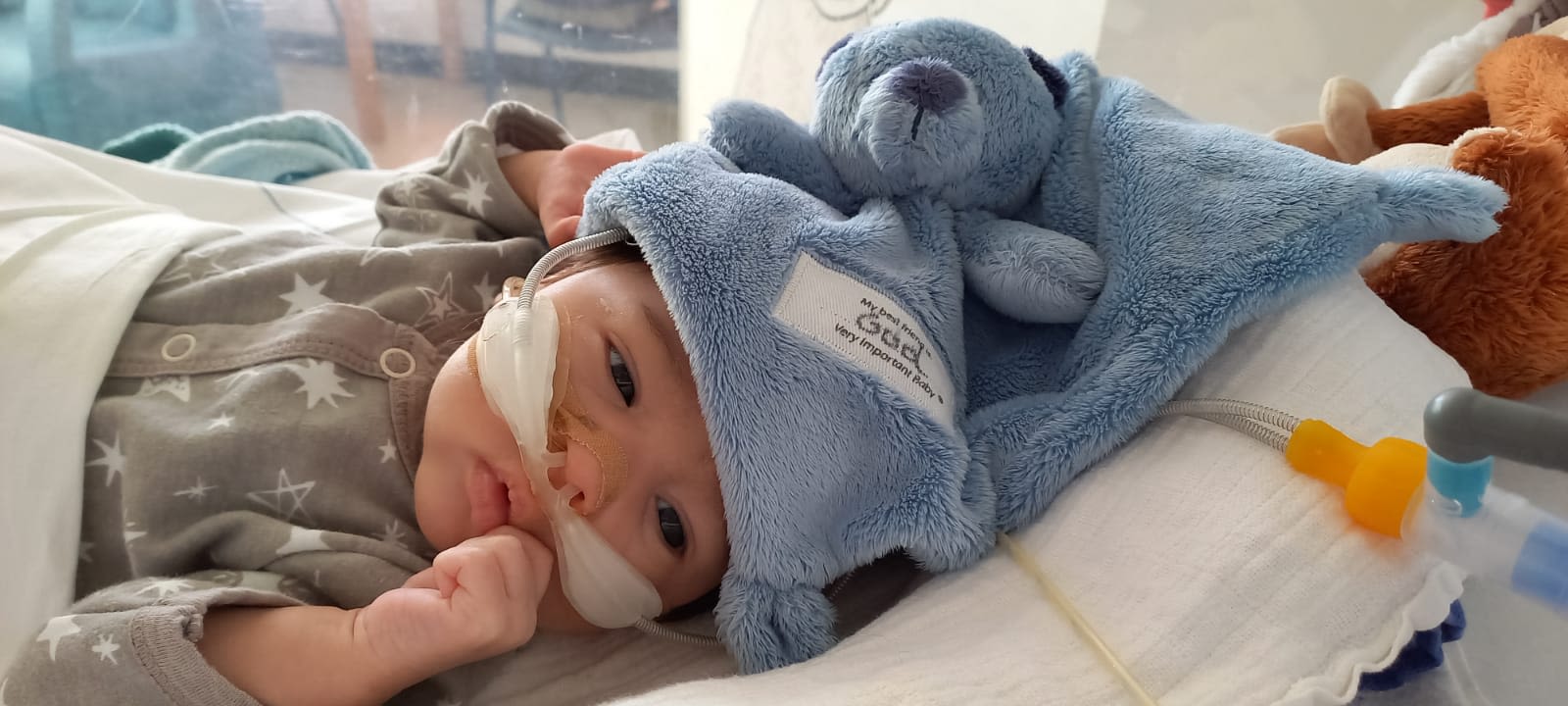
Kayden with his favorite cuddly toy that has accompanied him everywhere
Kayden with his favorite cuddly toy that has accompanied him everywhere
It was January 7, 2023, the date AZV indicated that we had to urgently fly to the Netherlands. We had exactly one day to prepare our things. Initially, a stay of at least six months in the Netherlands was estimated. Over time, this turned into 394 days. We decided that the entire family would go together and stay together until the end.
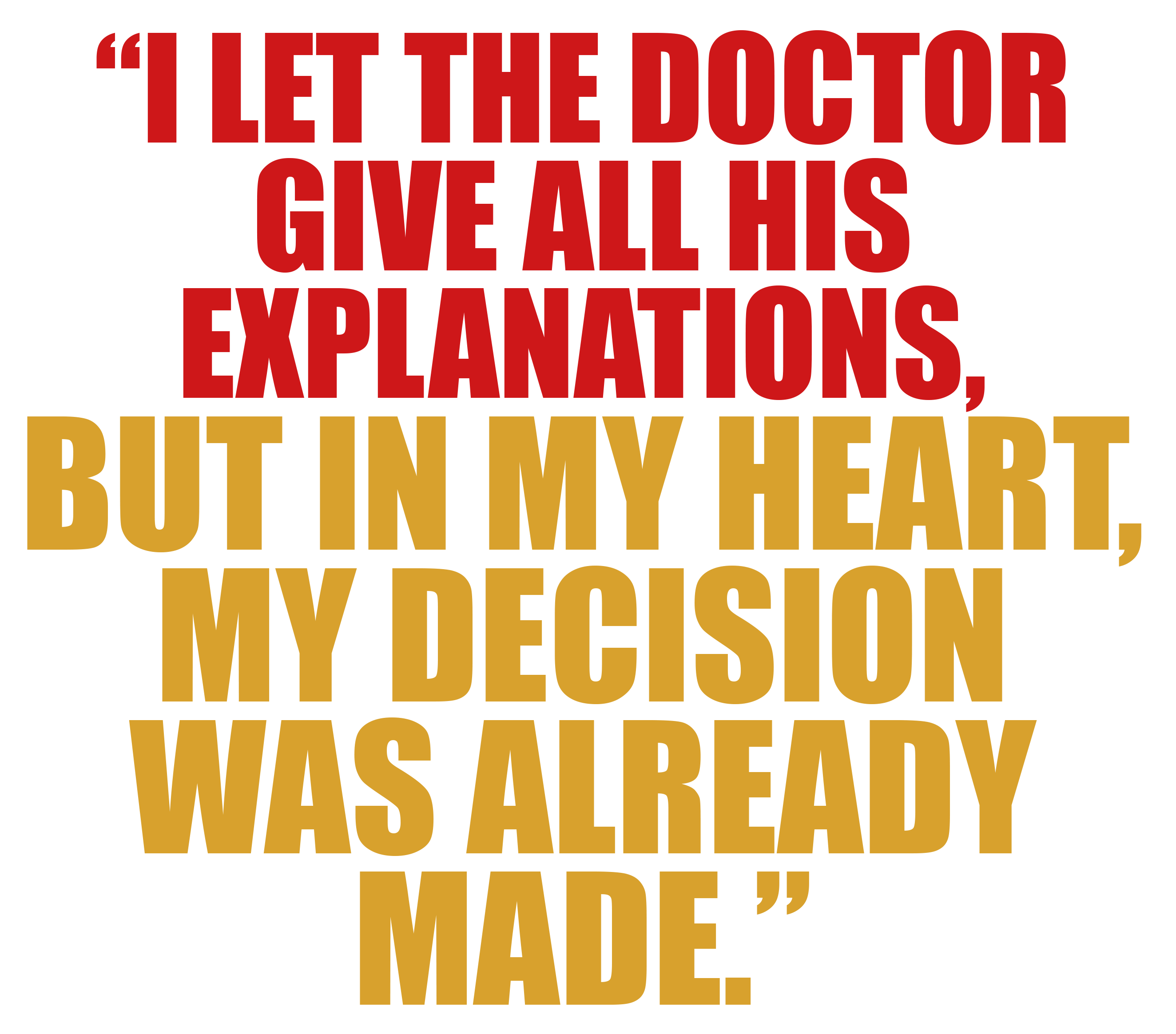
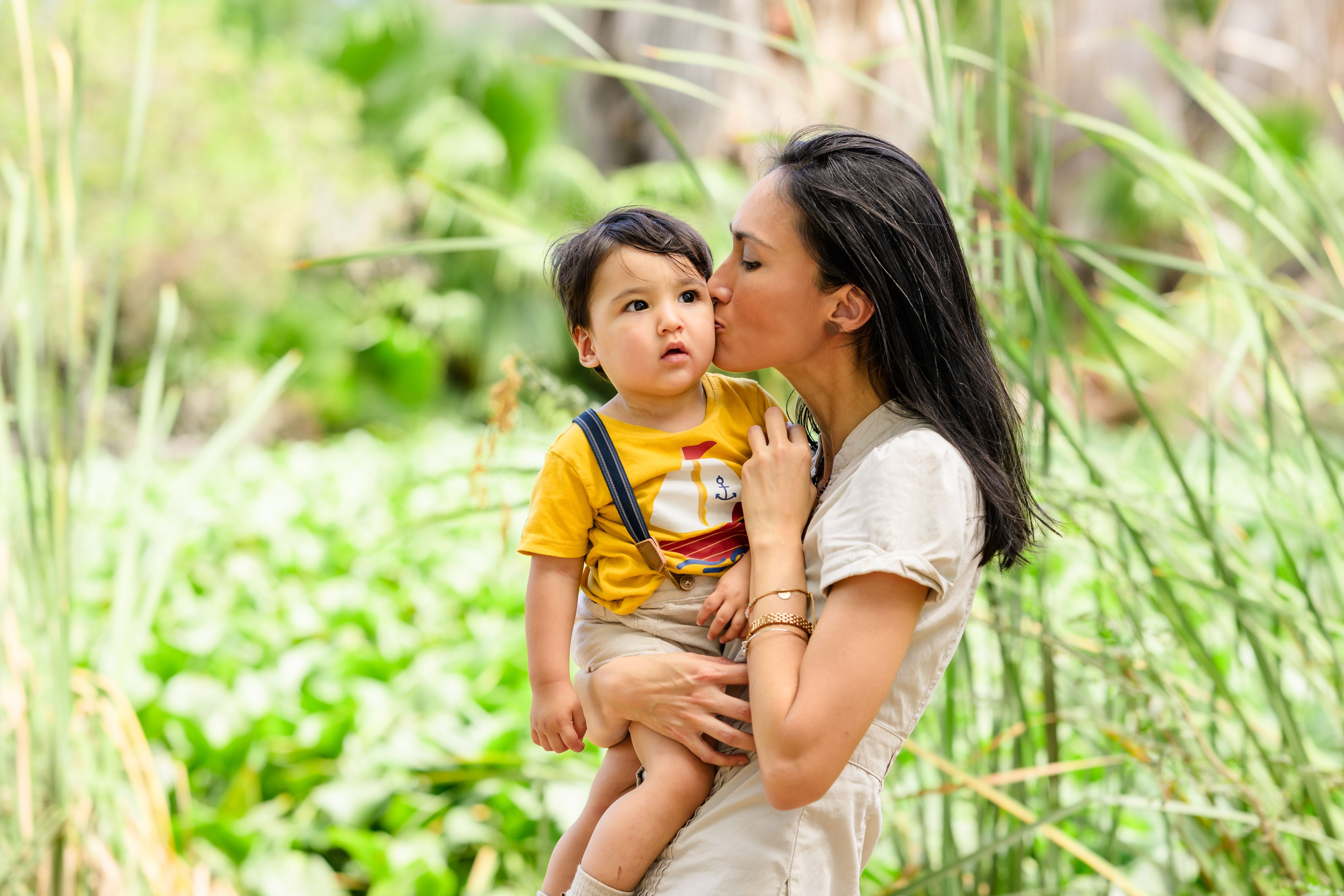

We arrived in the Netherlands in Rotterdam the next day. The following morning, we had to go to Sophia Children's Hospital. We had an appointment with the gynecologist. Here, the doctor explained why he had urgently called us; he mentioned that my baby and I were being considered for the FETO procedure. FETO stands for Fetal Endoscopic Tracheal Occlusion. It is a procedure still in the experimental phase, and babies with CHD under this severe category are considered for such an intervention. This procedure involves reversibly blocking the fetus's trachea with a latex balloon inside the mother's abdomen.
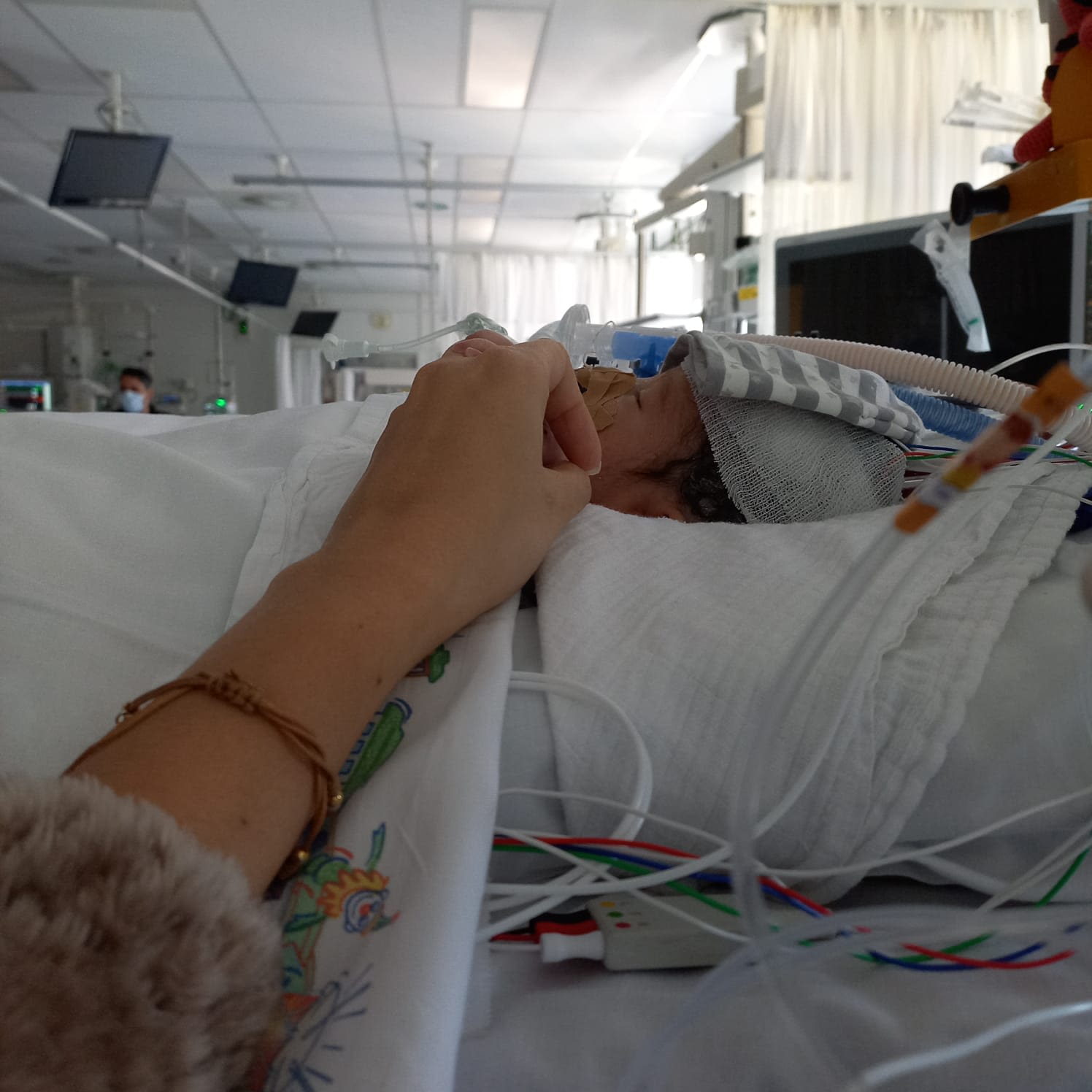
There were so many tubes, and he couldn't get out of bed; I could only hold his hand
There were so many tubes, and he couldn't get out of bed; I could only hold his hand
We had three hours to decide if we wanted to participate in this procedure. A procedure that could increase Kayden's chances of survival. However, there was a small note: by the time the Netherlands realized that Kayden could participate in the FETO procedure, I was at 34 weeks, which is on the established limit for FETO. Because I was in my 34th week, the benefits of the intervention could be smaller, with a greater chance of a premature birth.
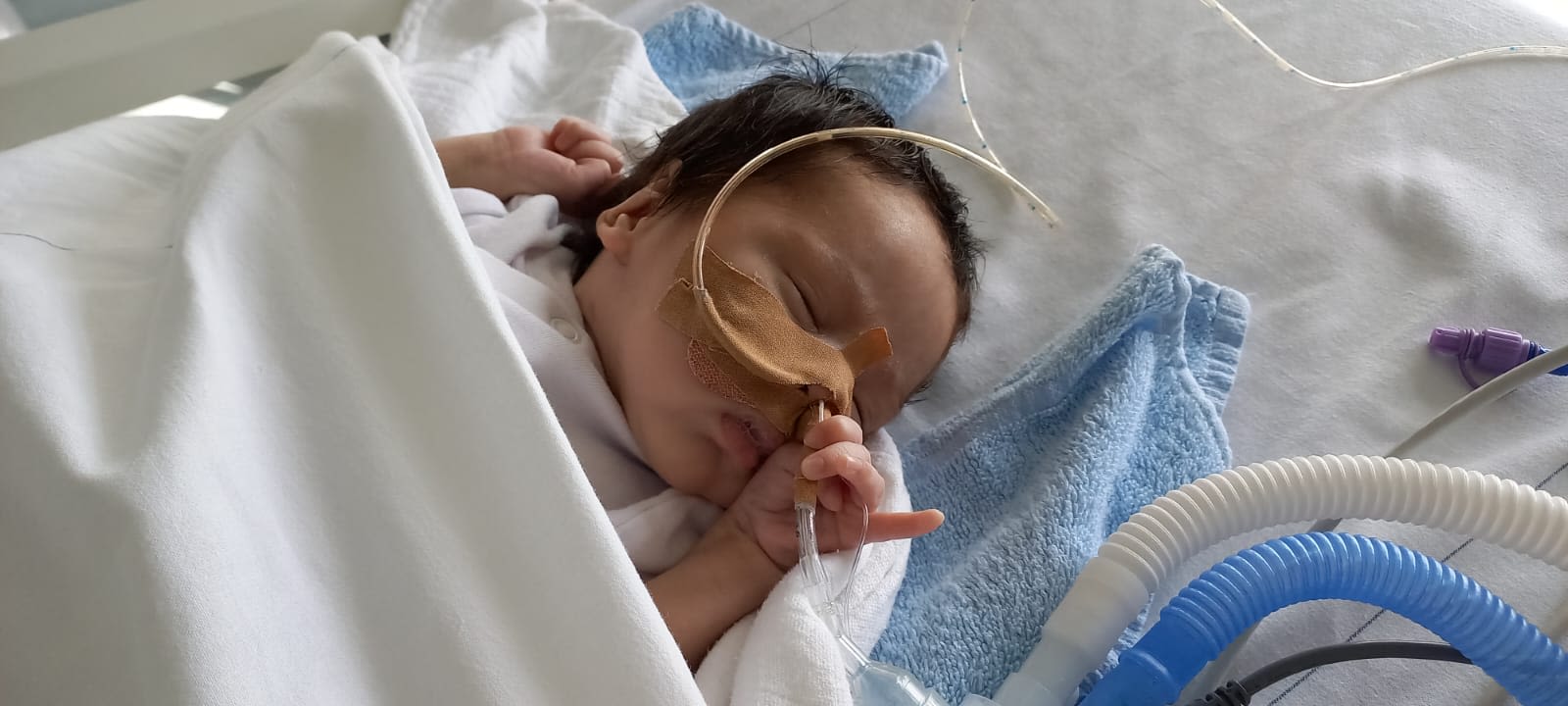
Kayden was known in the hospital for holding on tightly to his oxygen tube
Kayden was known in the hospital for holding on tightly to his oxygen tube
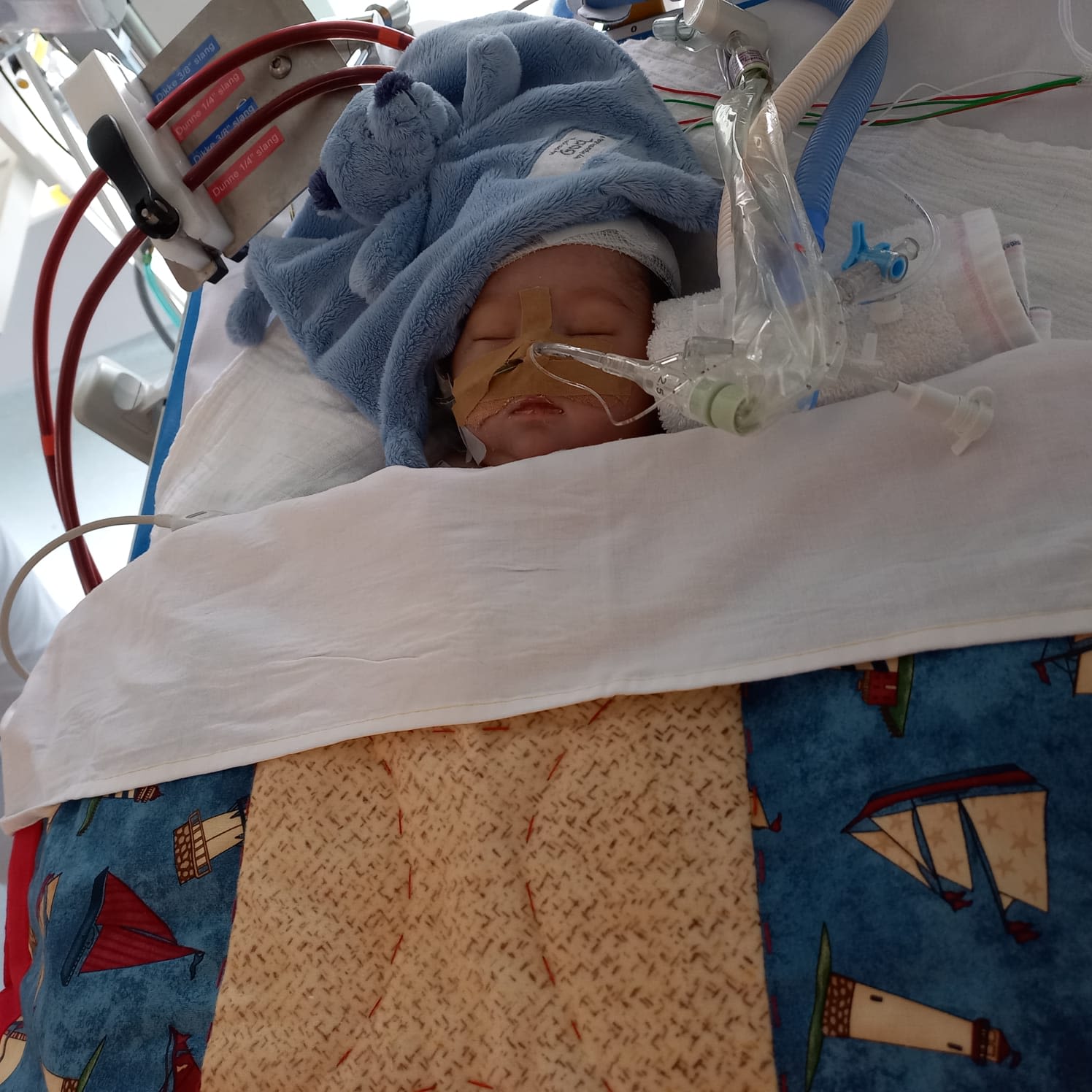
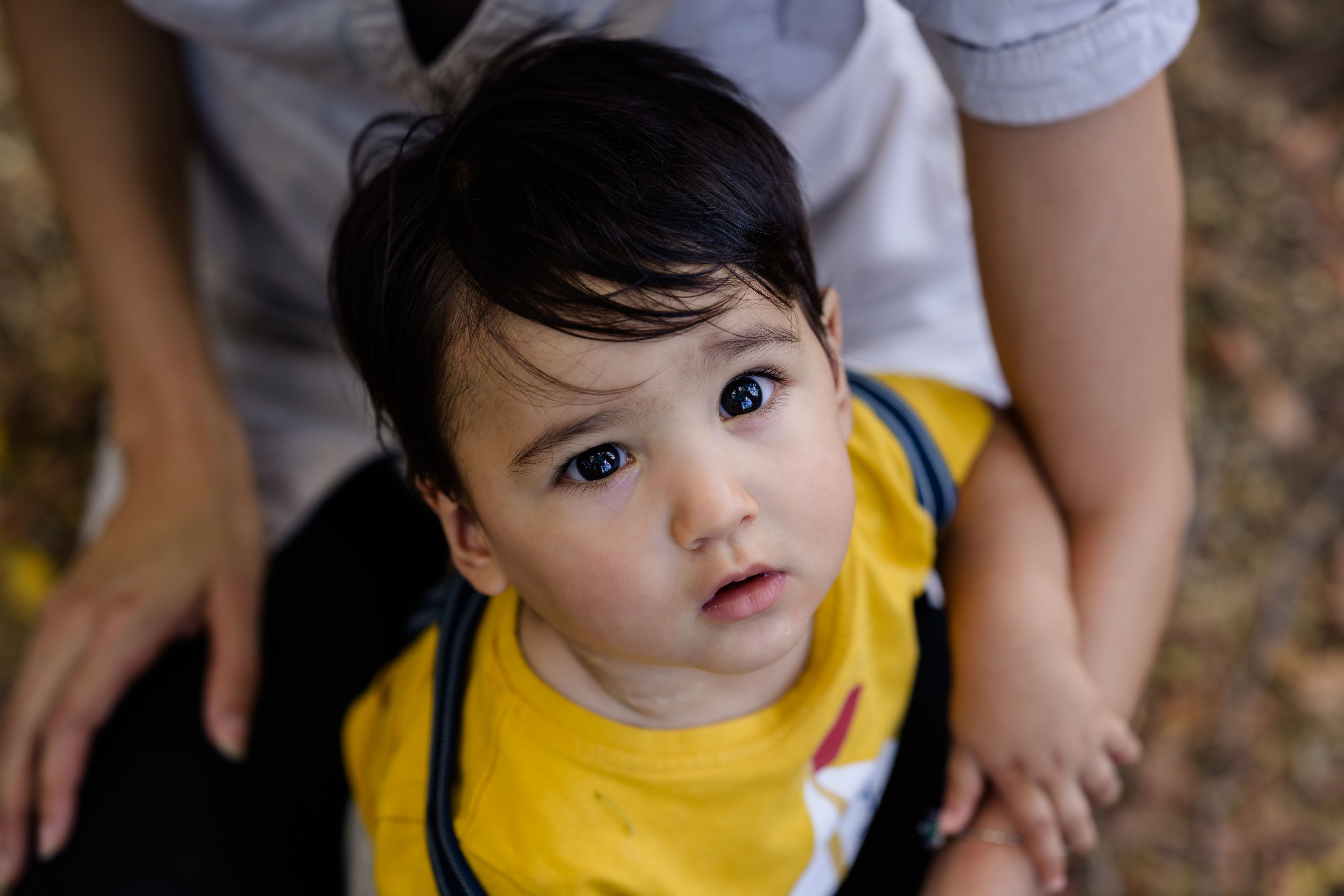
I let the doctor provide all his explanations, but meanwhile, in my heart, my decision was already made. My husband and I walked out of the consultation room to discuss what we would do. We decided to completely leave the baby in God's hands without the intervention of FETO. We agreed that there was no better place for the baby than in my womb; the perfect incubator that God had prepared. I wanted the baby to be in my womb as long as possible, enjoying the perfect environment, floating in the abundance of amniotic fluid, without having to worry too much about what was happening in the world and what he would have to face.
And so we informed the doctor. I vividly remember his wise reply: "there is no right or wrong decision; some parents find peace in doing everything they can to save their child's life, and others find peace in letting go." Letting go was very painful, but I knew that I had reached the point where I myself had no more control.
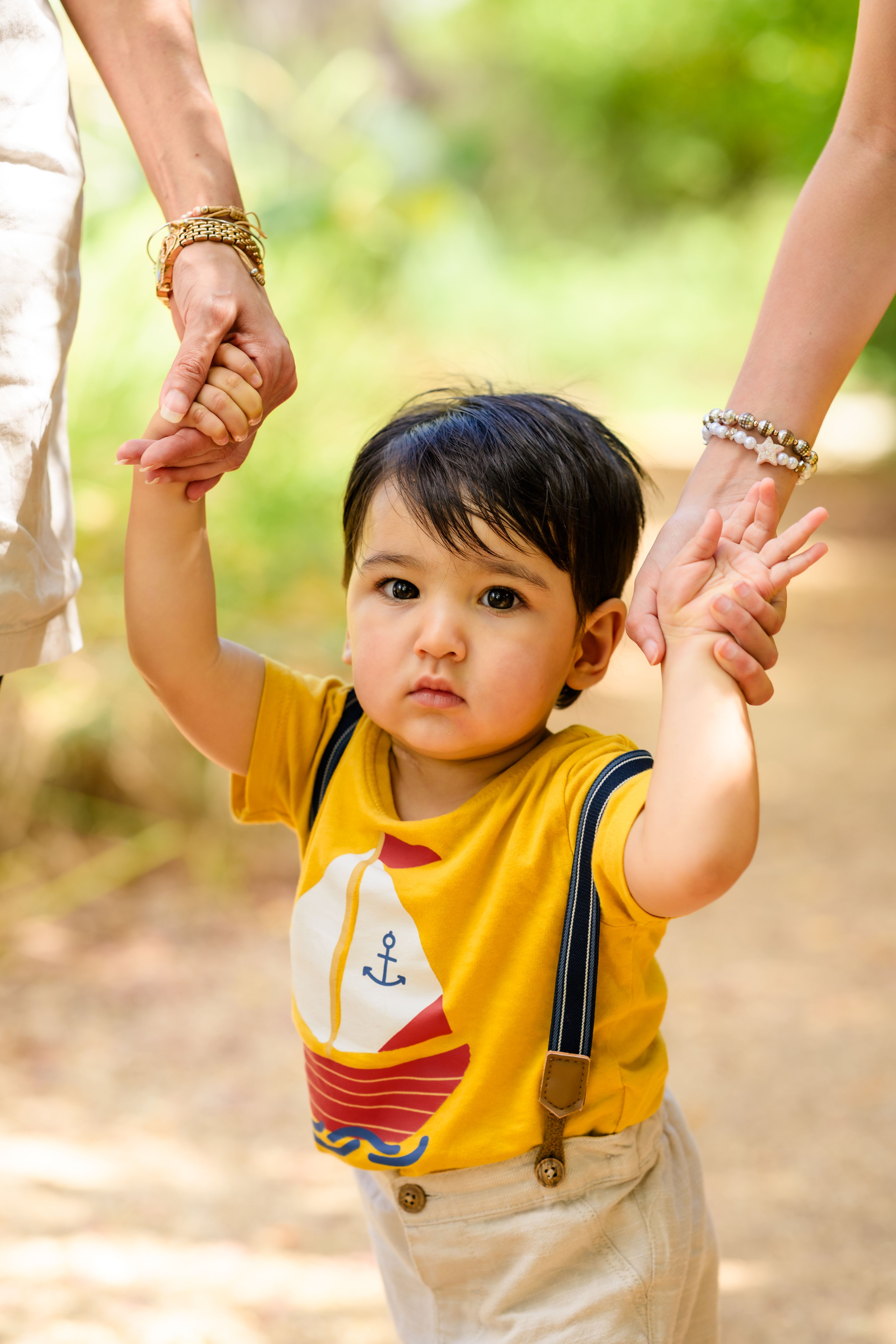
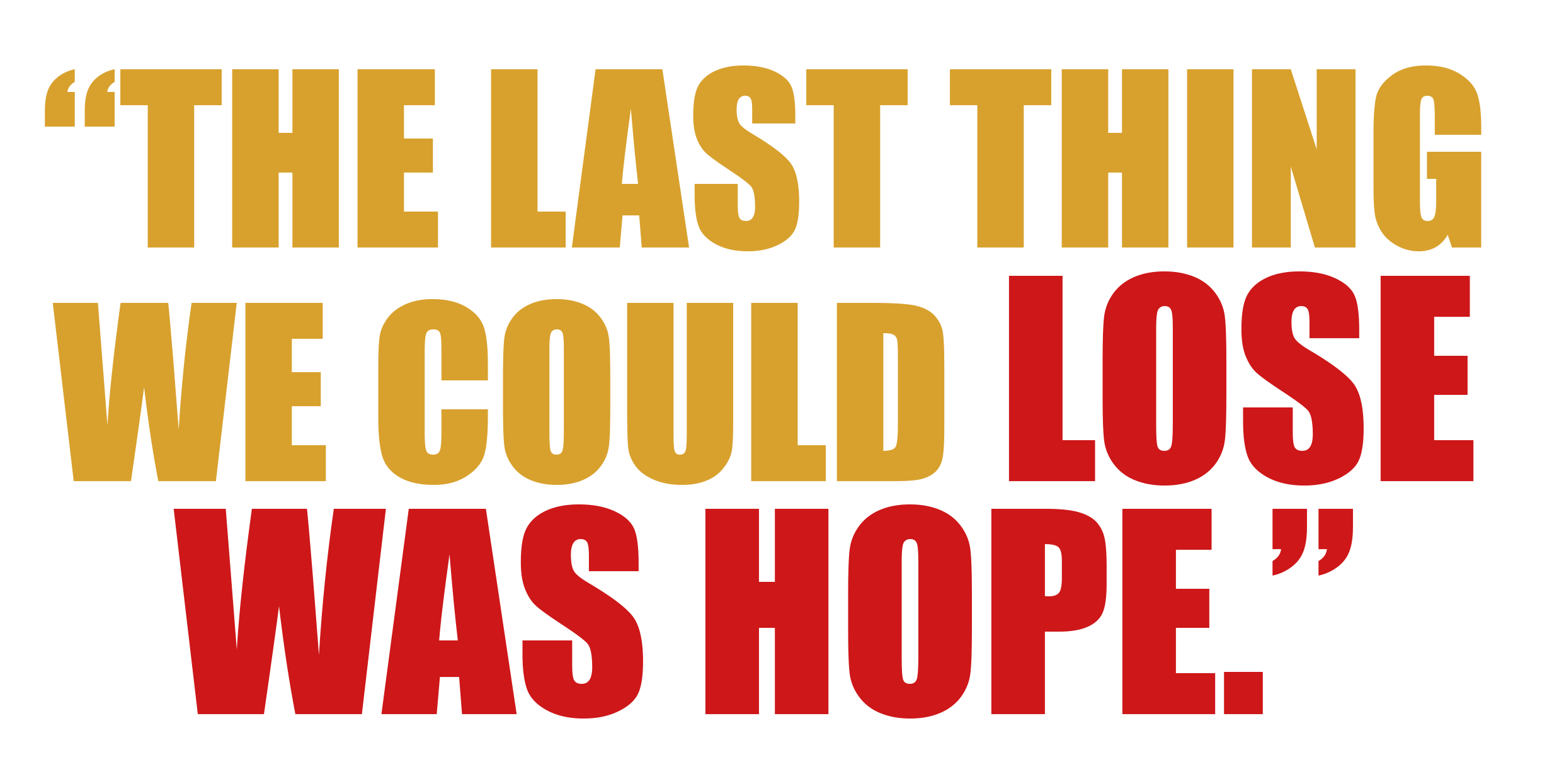
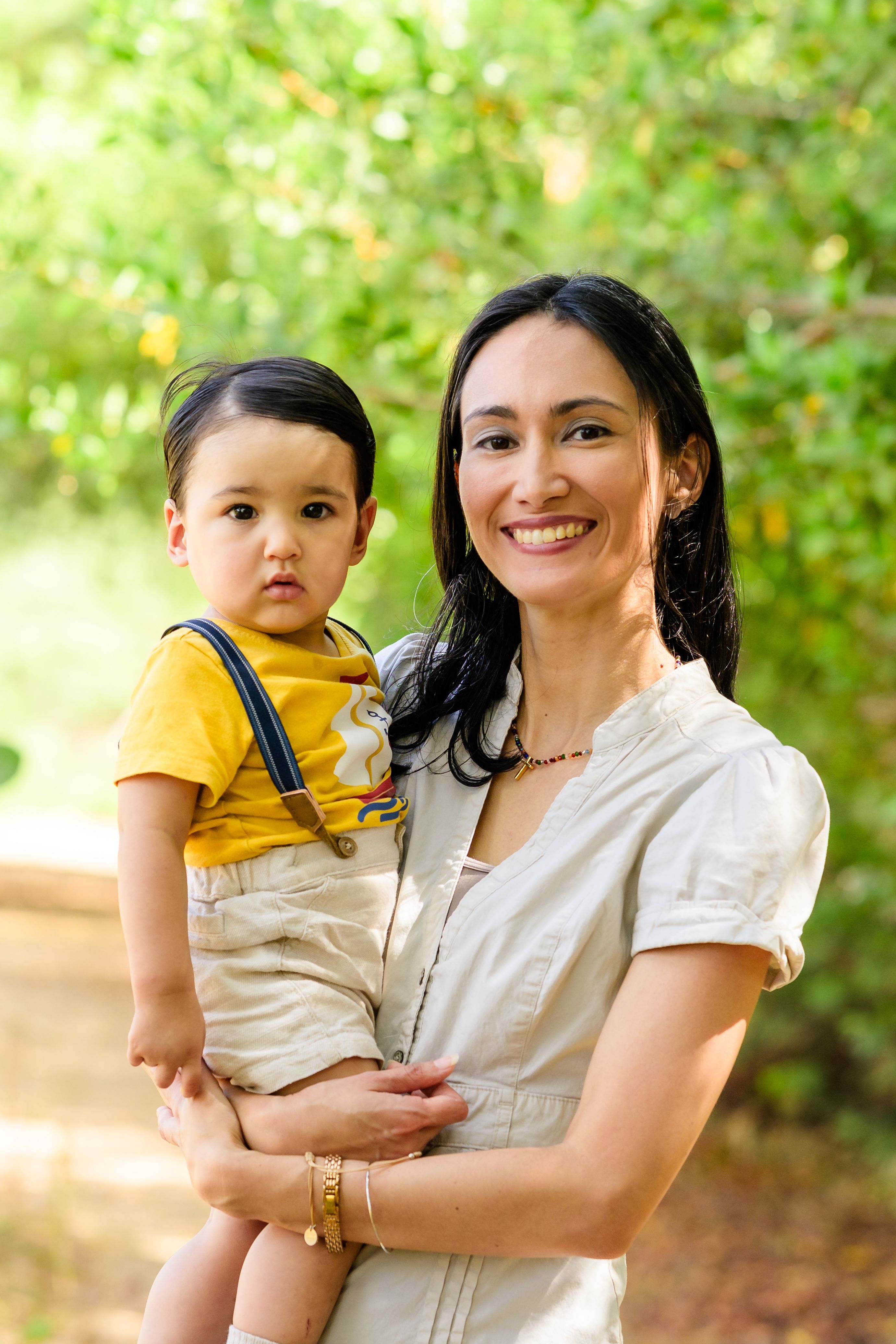
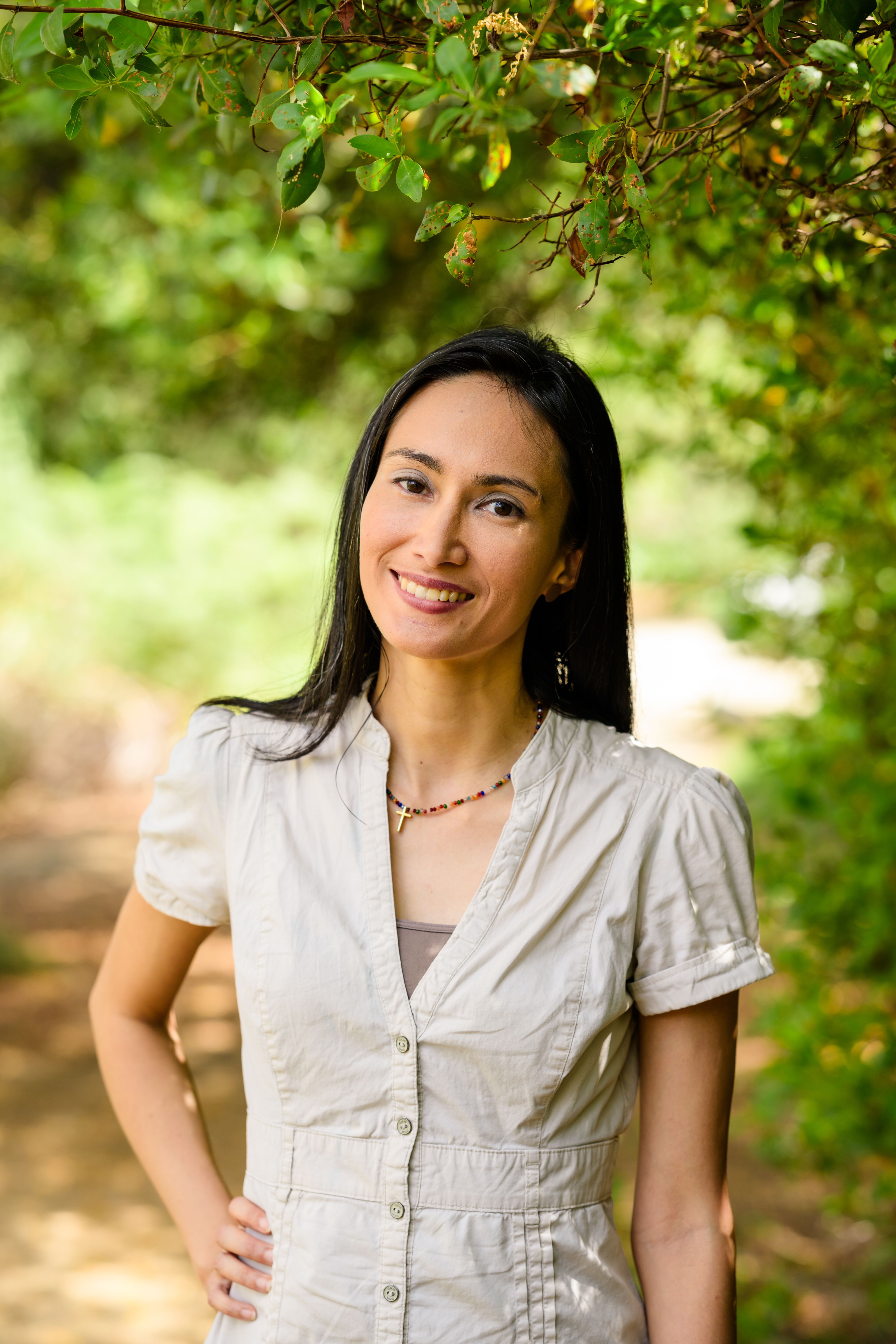
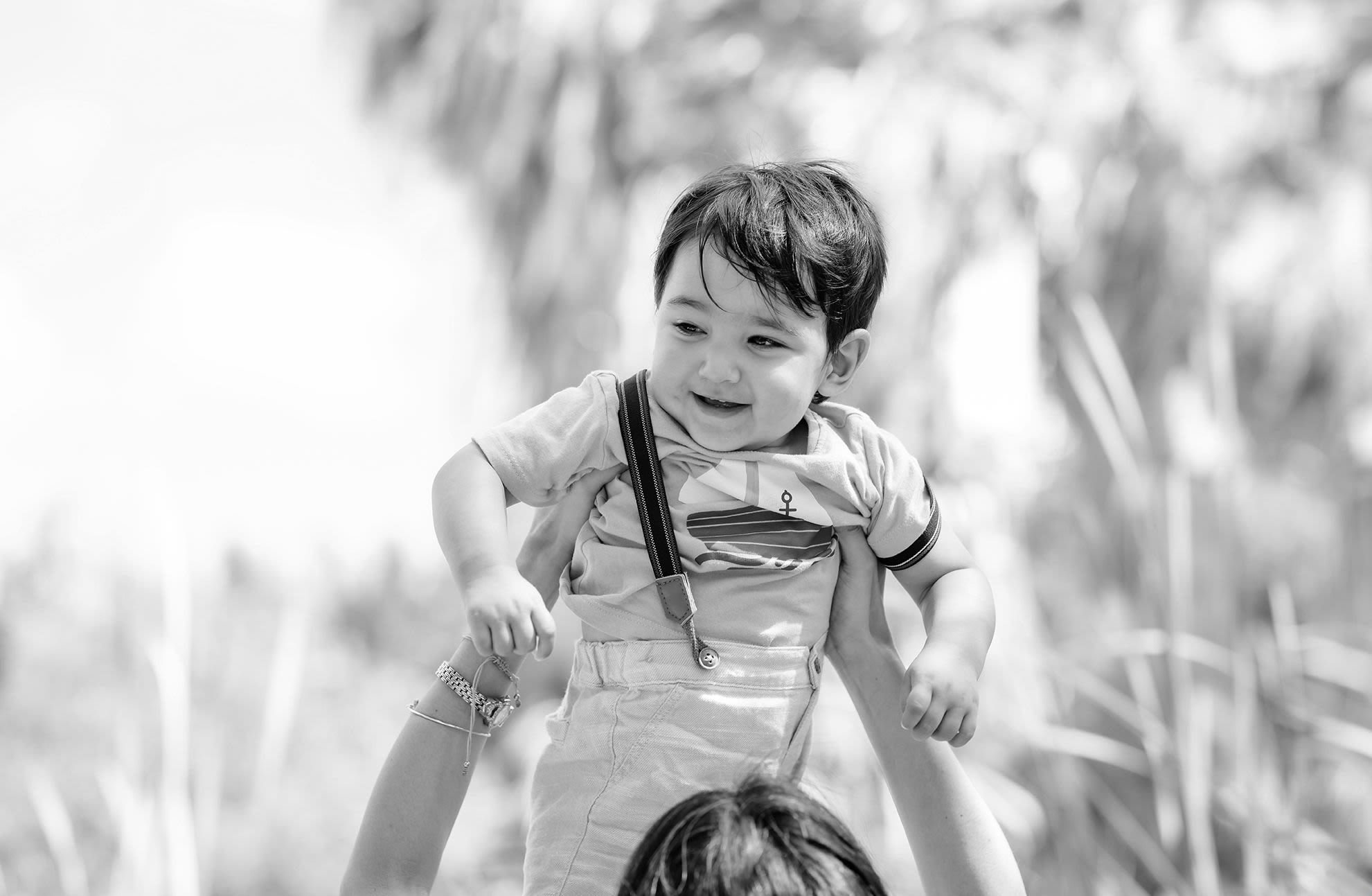
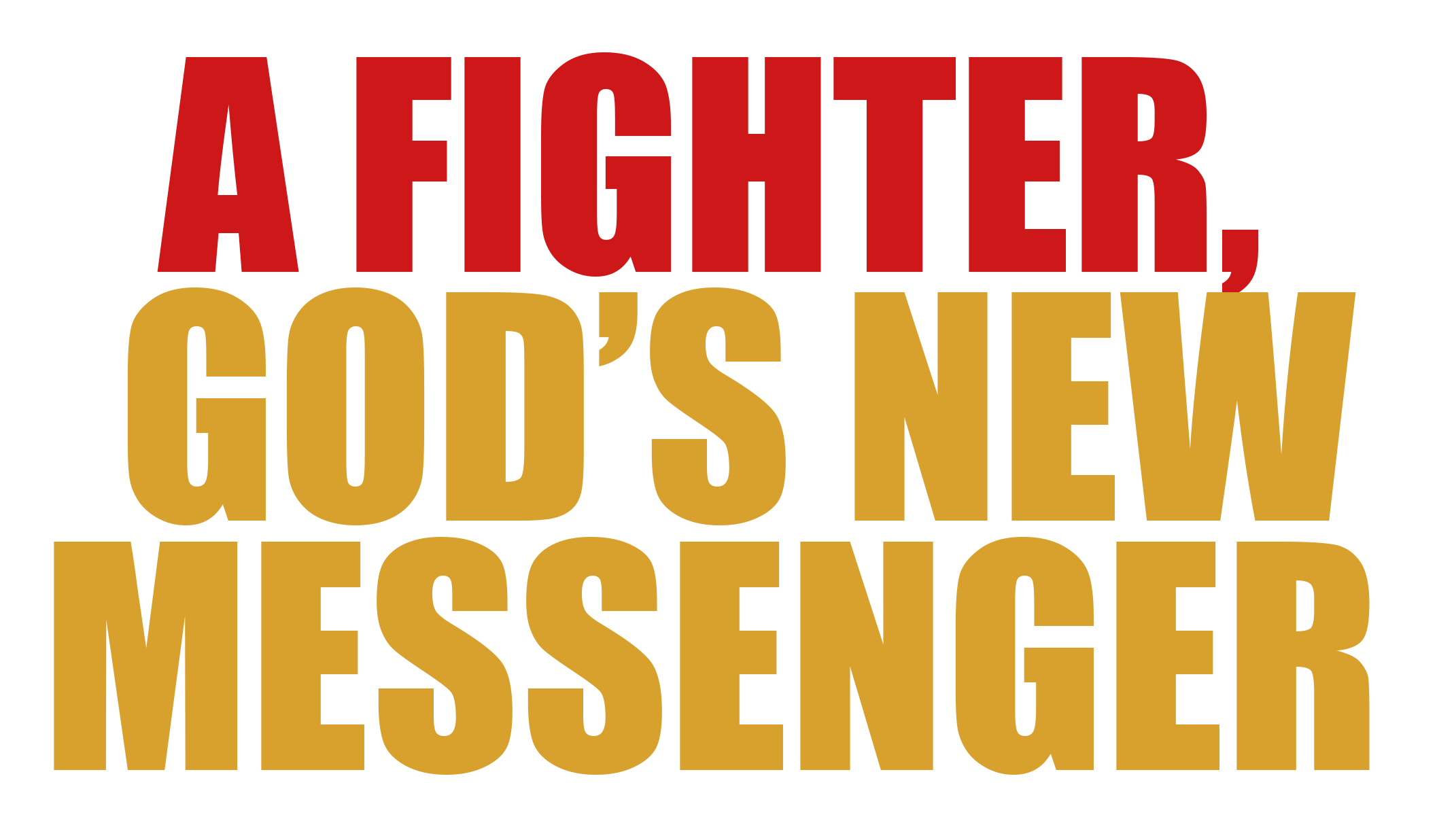
The 38th week came, it was just a morning in Rotterdam where the siren, which dates back to wartime, usually sounds. I went with inner peace as we went to war; me and my child. And so, with about 40 people in the delivery room; Kayden Neo-Gabriel was born, and was immediately welcomed with a tube inserted into his throat, right in front of me.
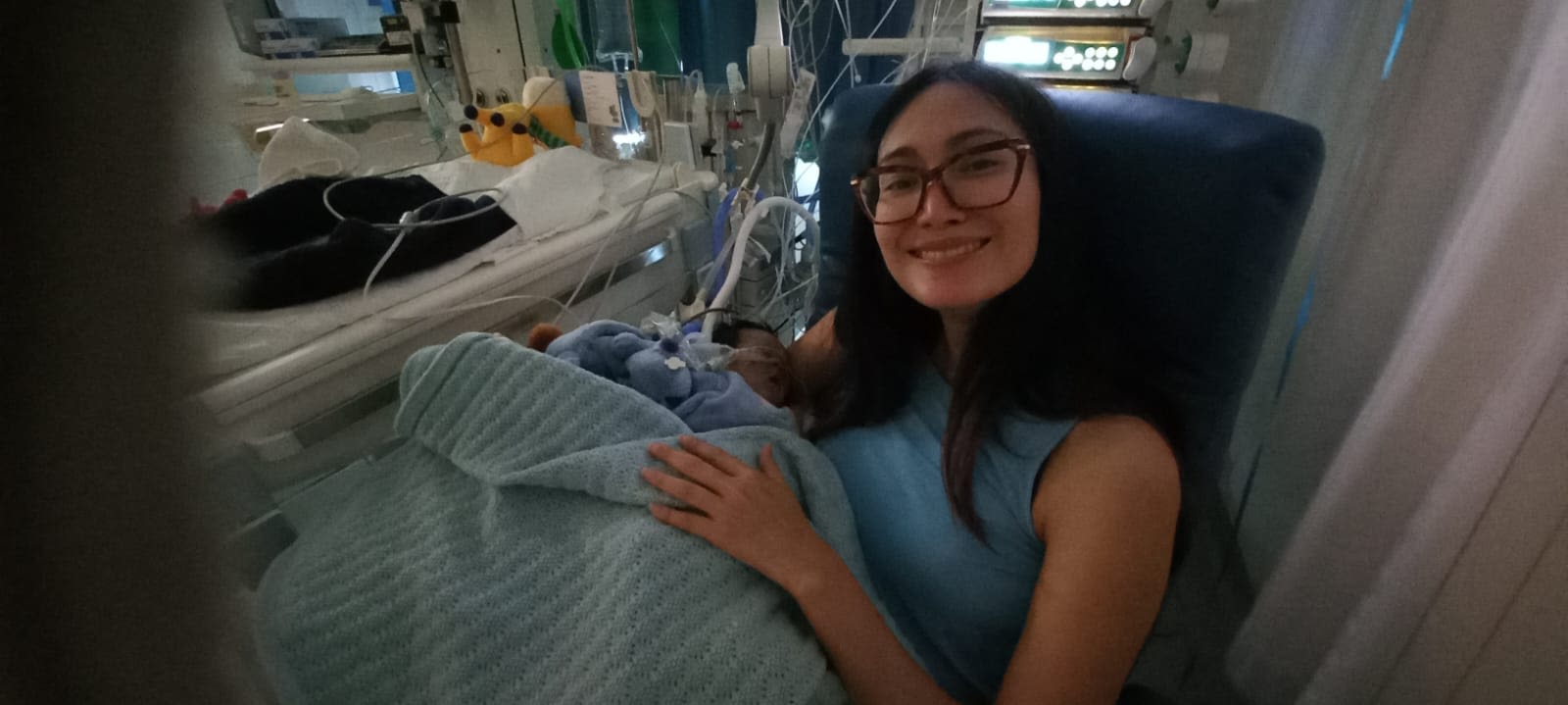
The first time I could hold Kayden, after he was taken off ECMO - 19 days after birth
The first time I could hold Kayden, after he was taken off ECMO - 19 days after birth
And thus began a process of about 120 days in the ICU, of which the hardest part was seeing Kayden on the ECMO machine; a machine that temporarily takes over the function of the heart and lungs.
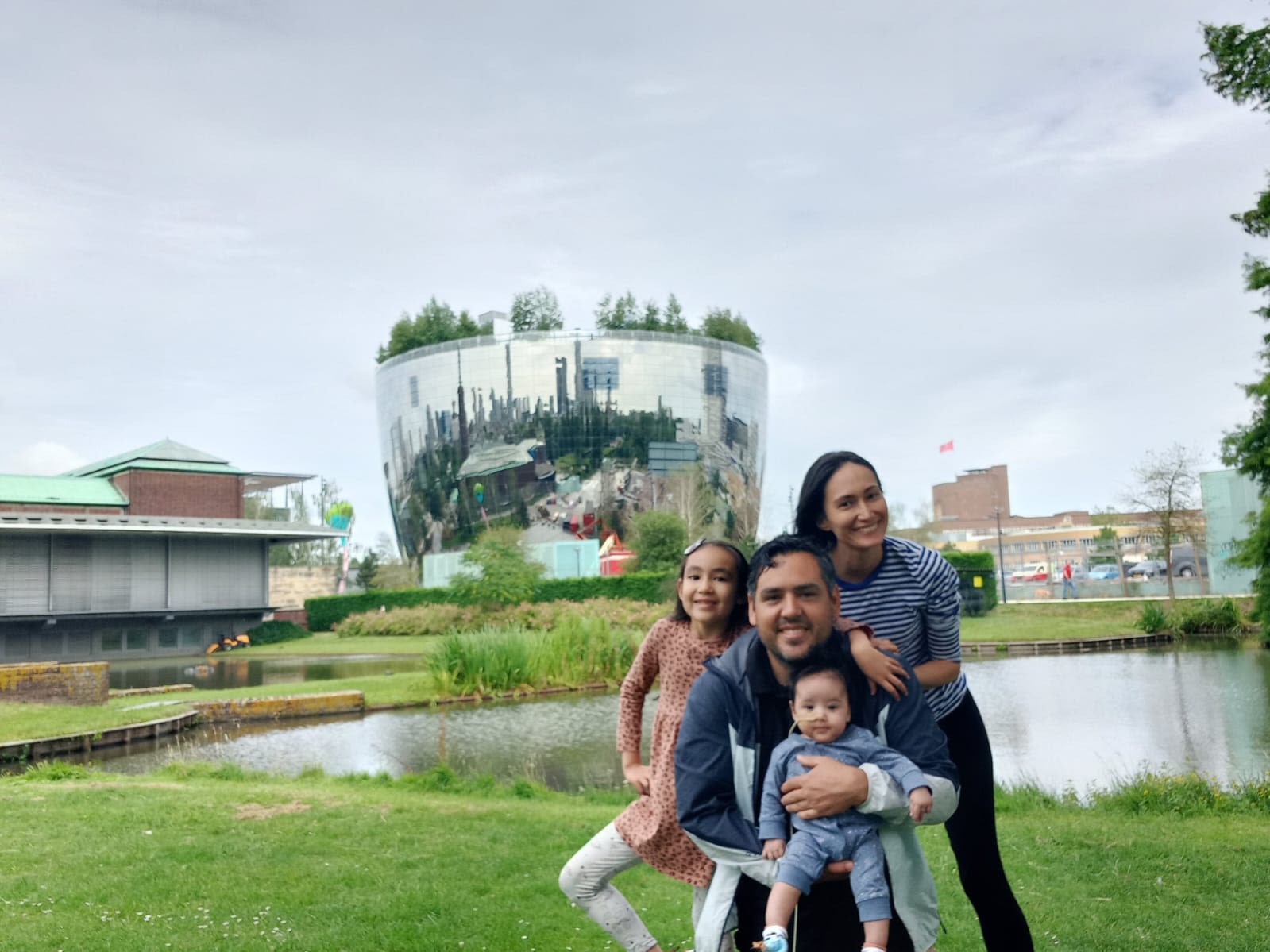
The first time we got permission from the hospital to go for a walk with Kayden in the park behind the hospital
The first time we got permission from the hospital to go for a walk with Kayden in the park behind the hospital
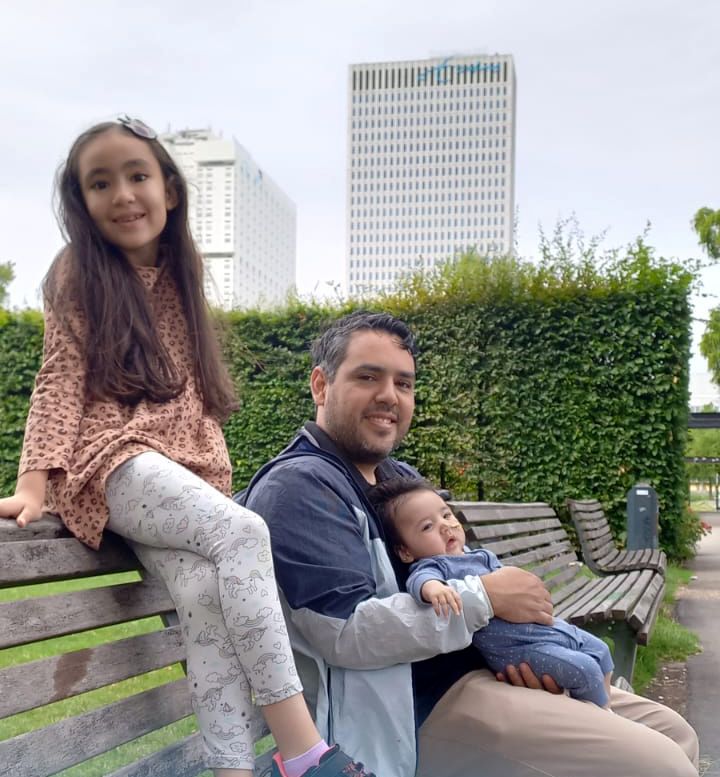
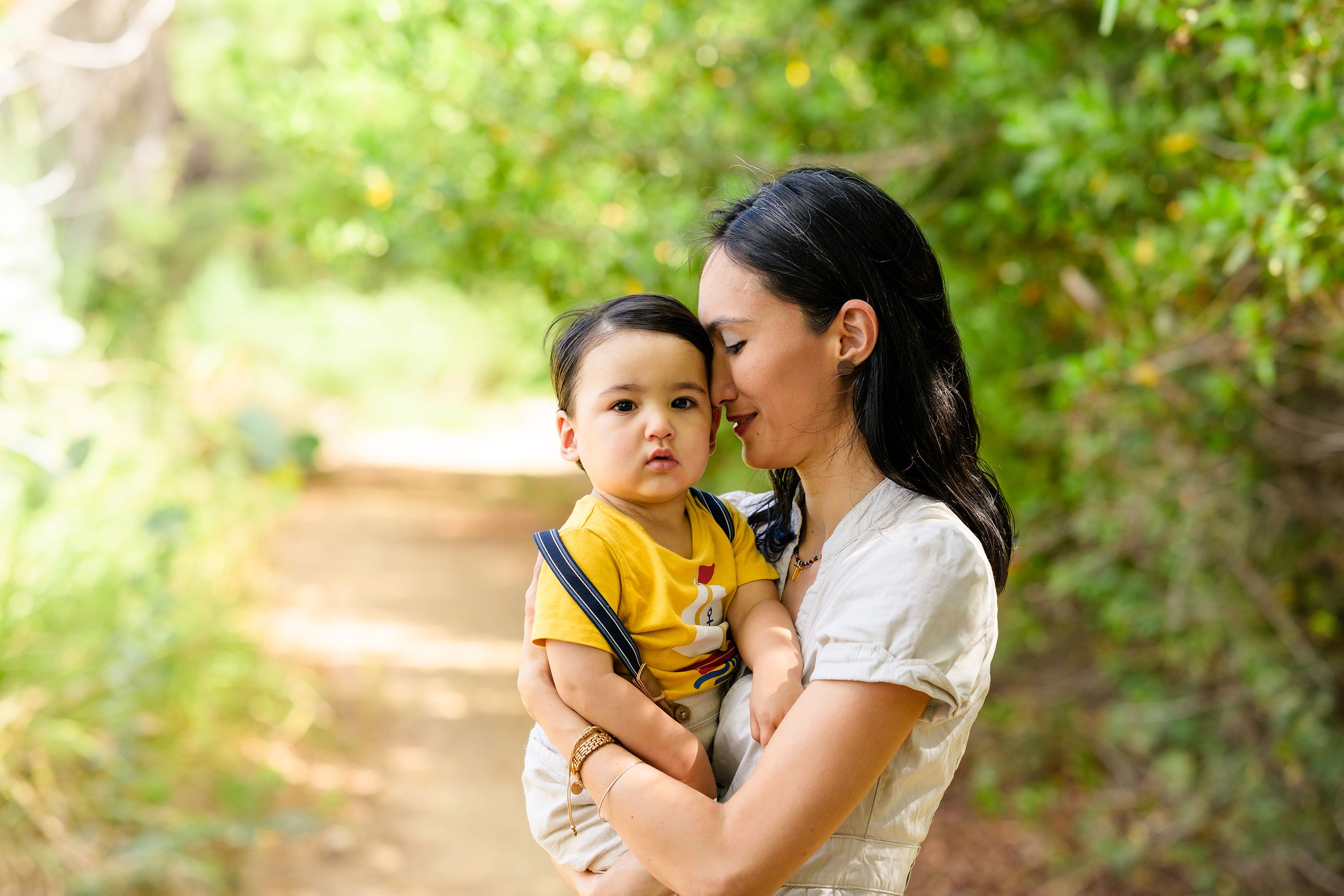
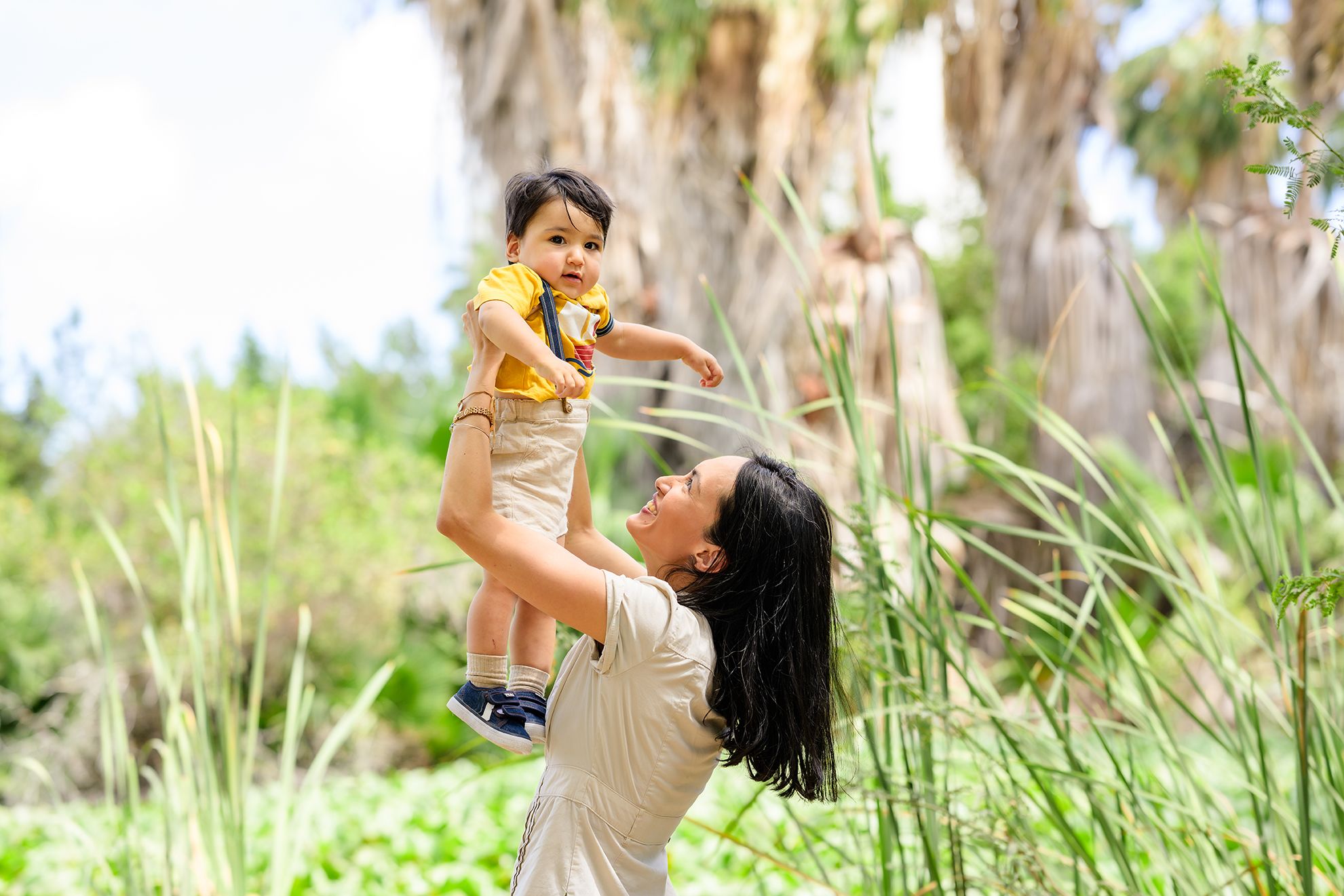
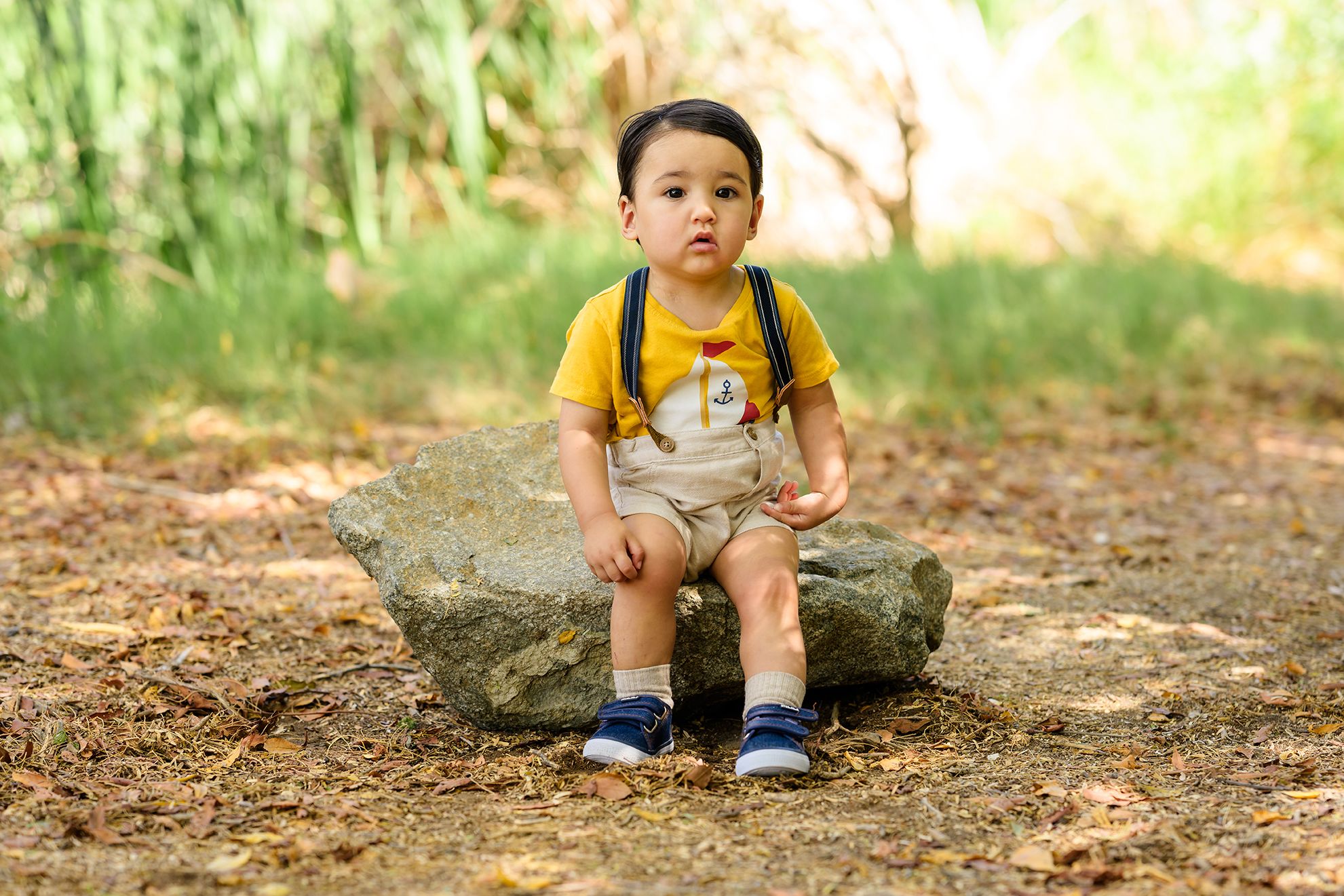

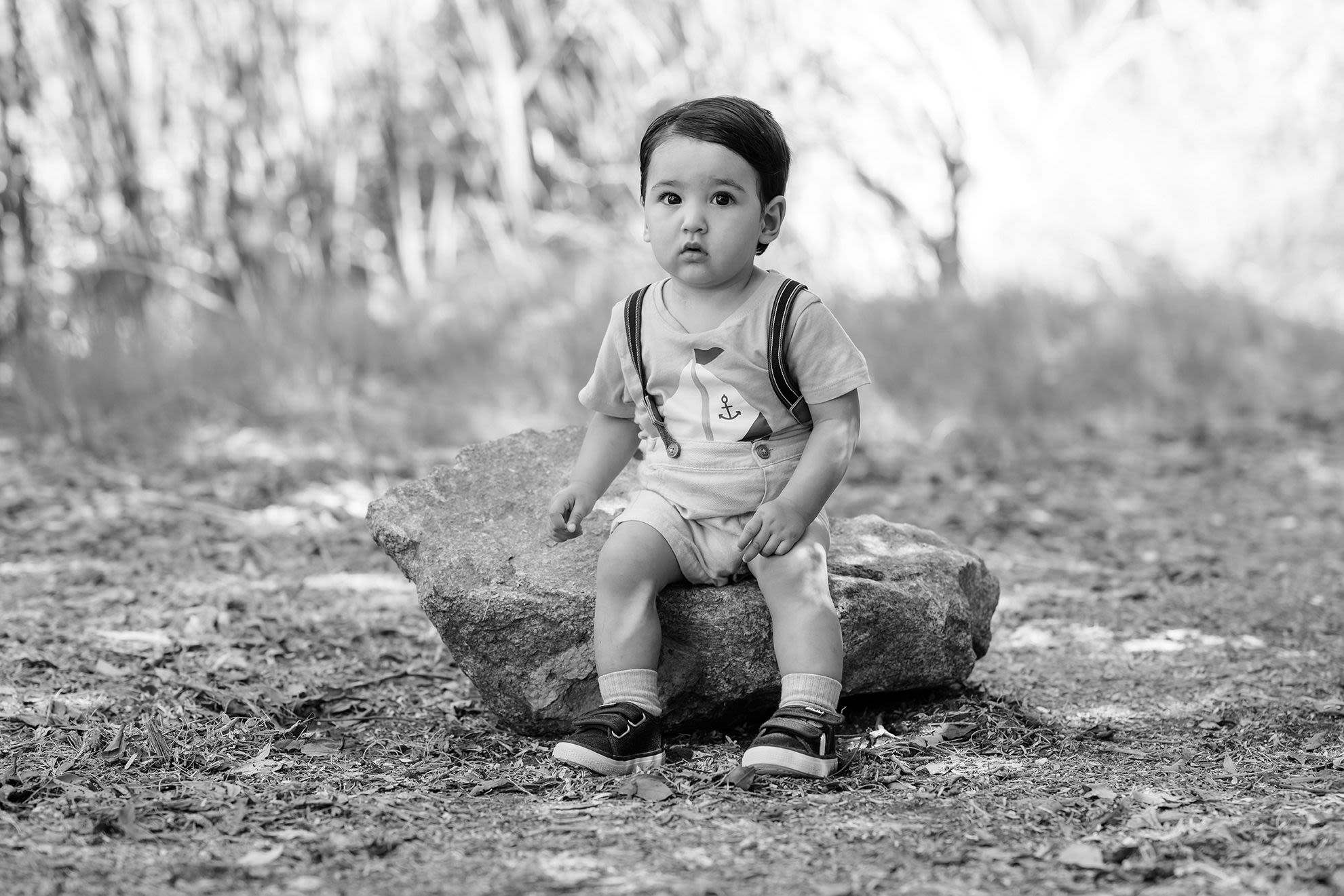
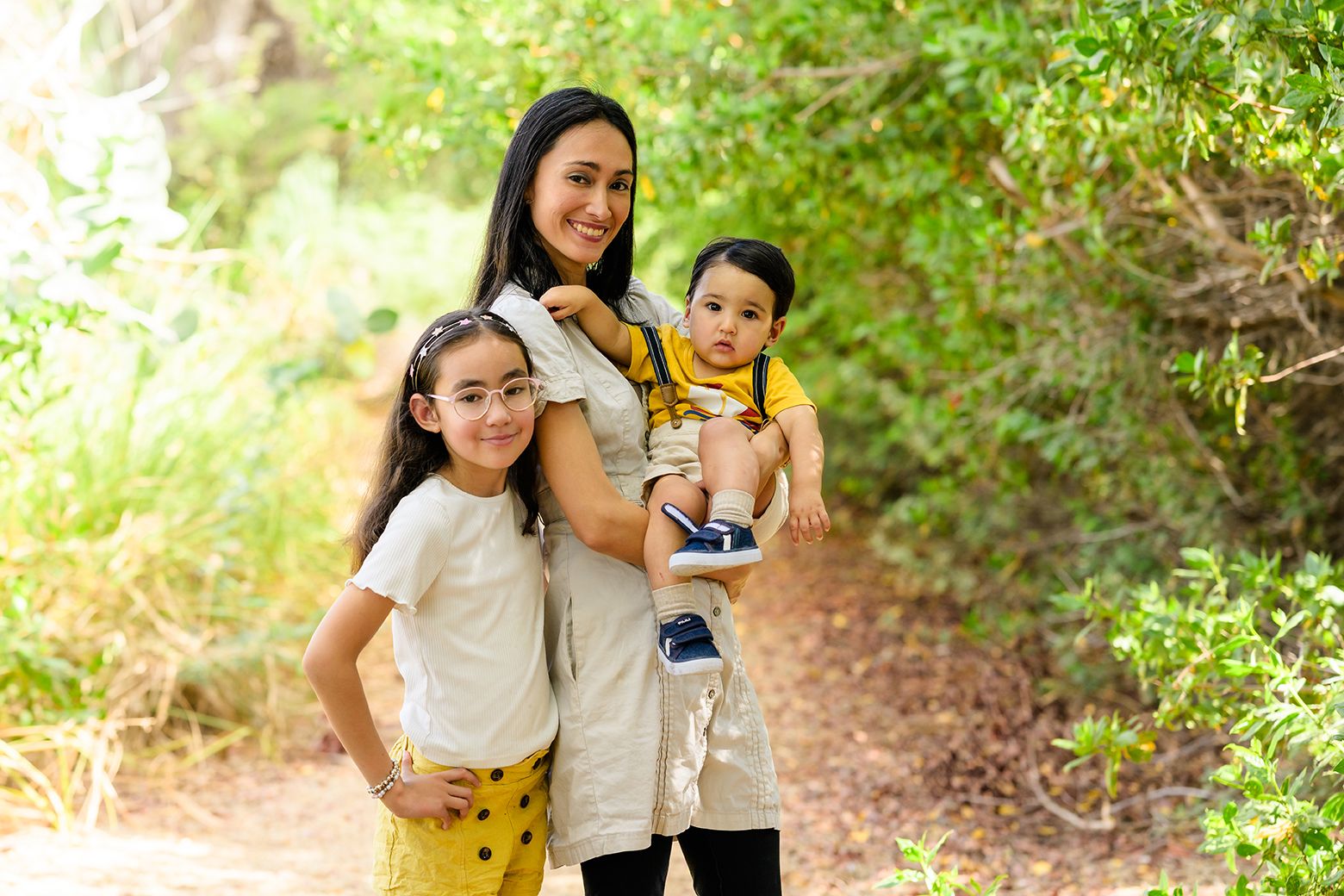
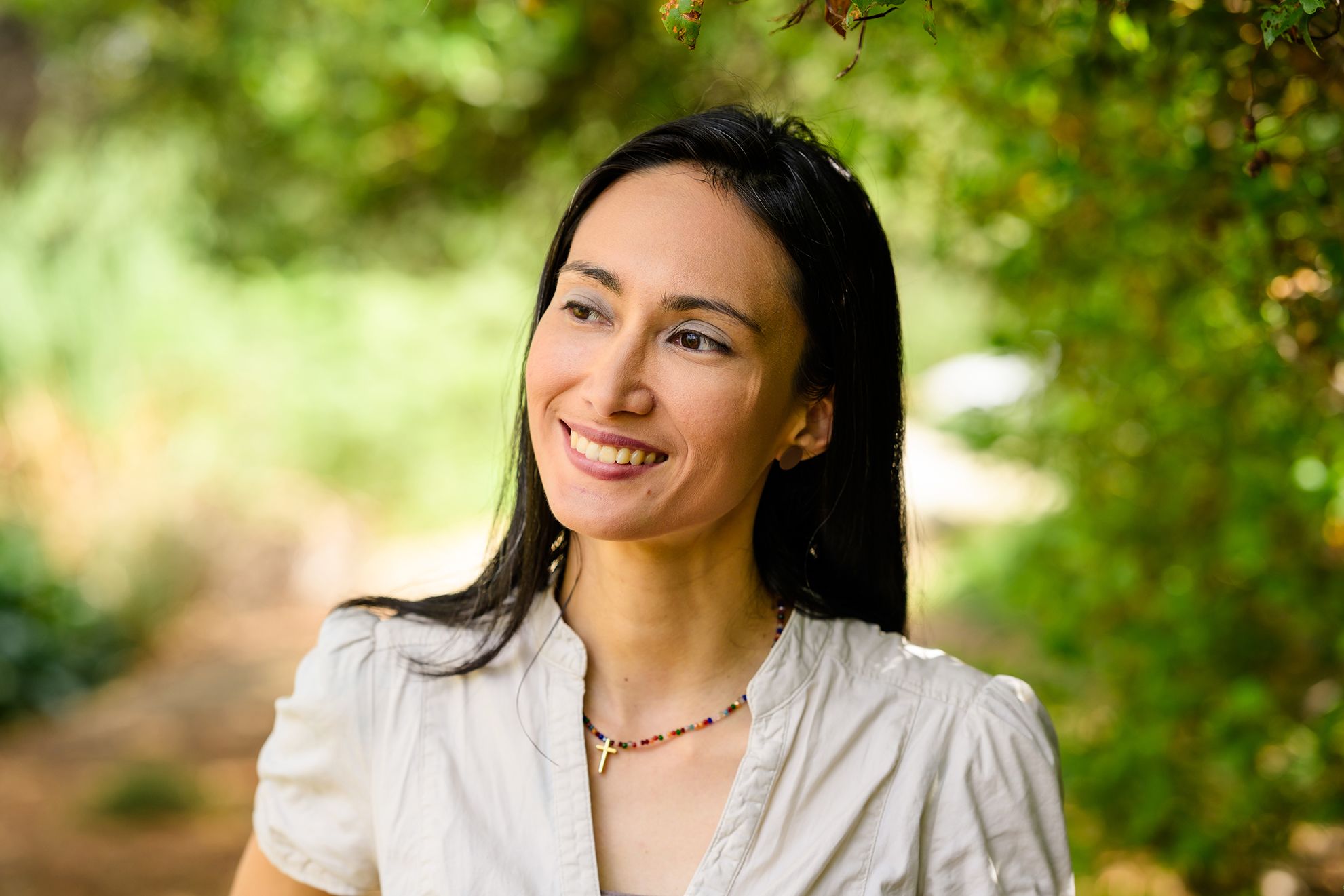
There was a lot of uncertainty during the process. A process of nearly 6 surgeries. But in the end, after almost 180 days of uncertainty, Kayden was stable again, back at home in the Netherlands. The last thing we could lose was hope. The thought that God had chosen me as Kayden's mother gave me perspective. The thought that God has big plans for Kayden gave me encouragement and the unconditional love of those around me gave me strength. Just when I thought I had reached the end of my own limits, God carried me. And I realized that an end doesn't necessarily mean a conclusion, but rather a beginning.
After 394 days, we were able to return to Aruba, back home to our new beginning.
And so we returned to our home, together with Kayden Neo-Gabriel, which means in English:

